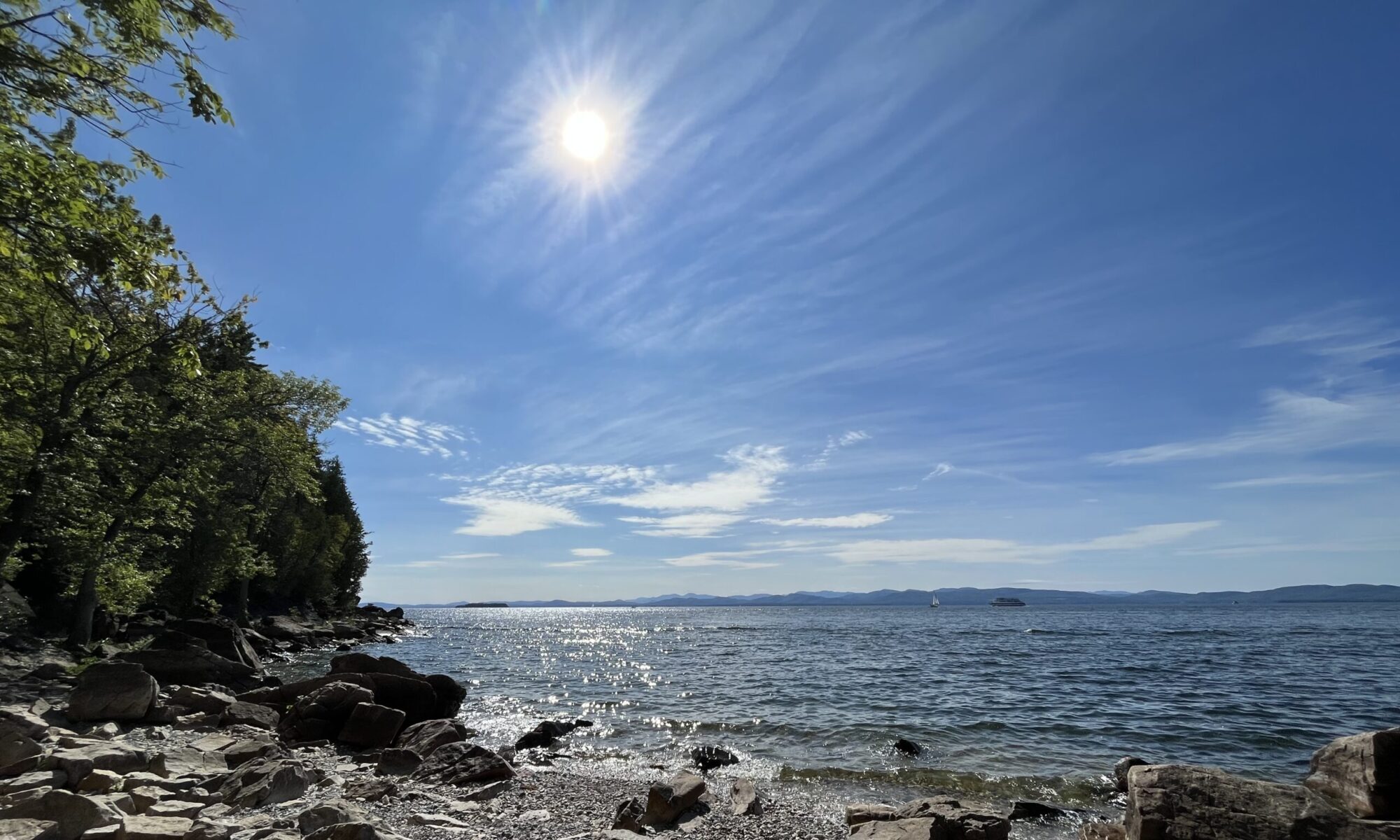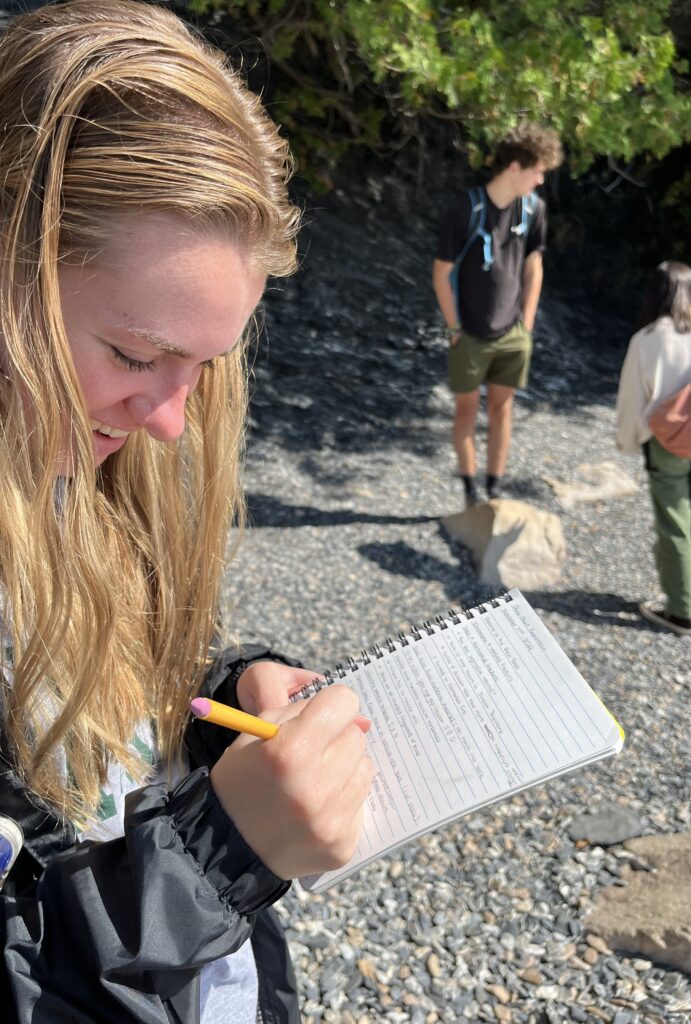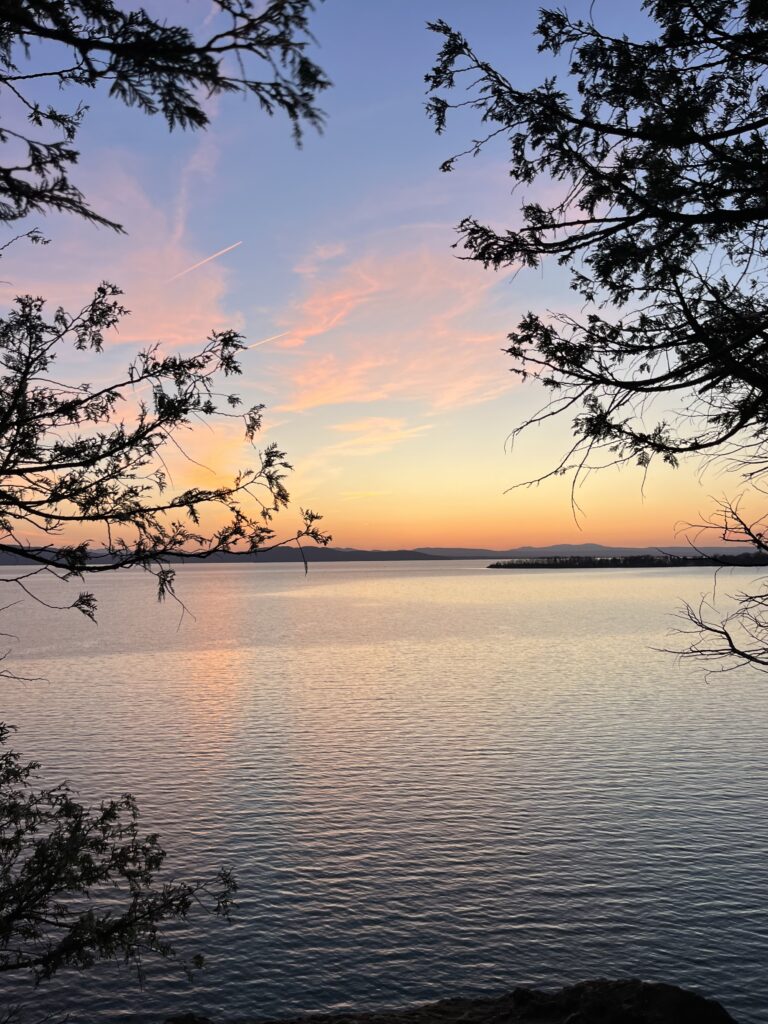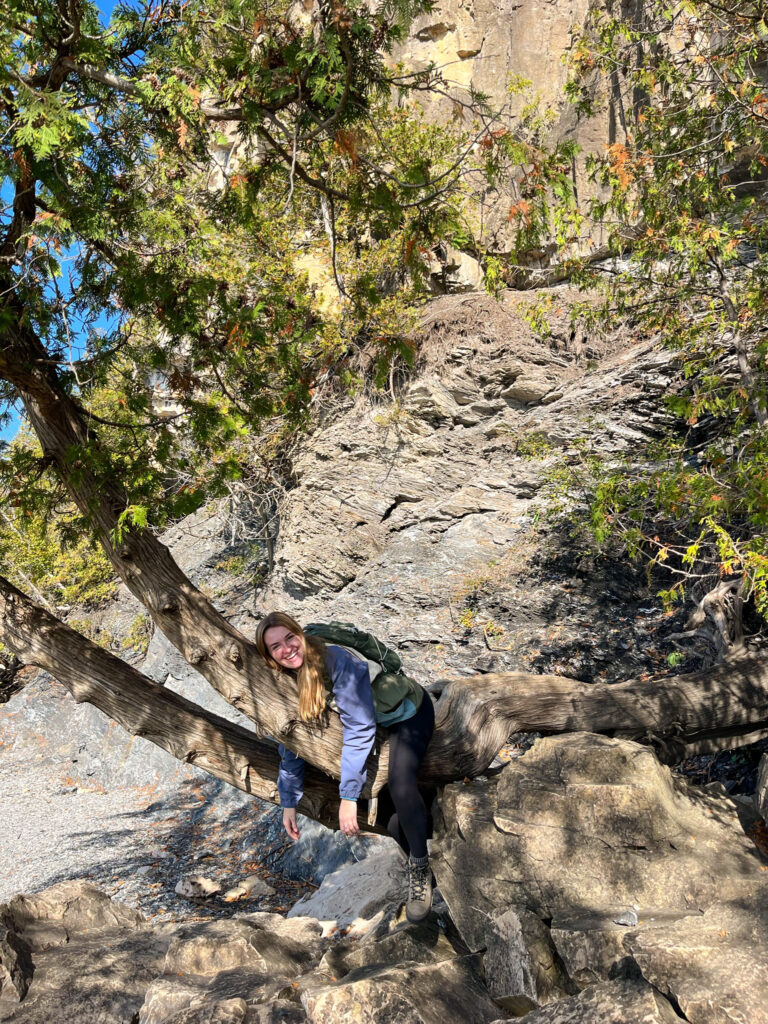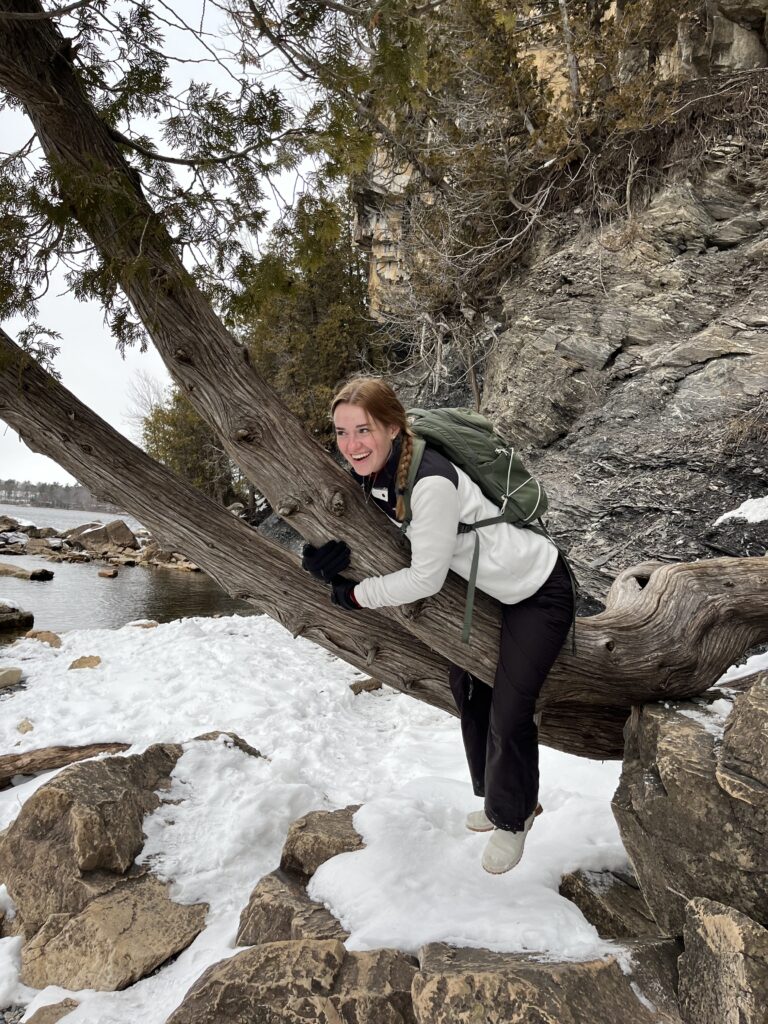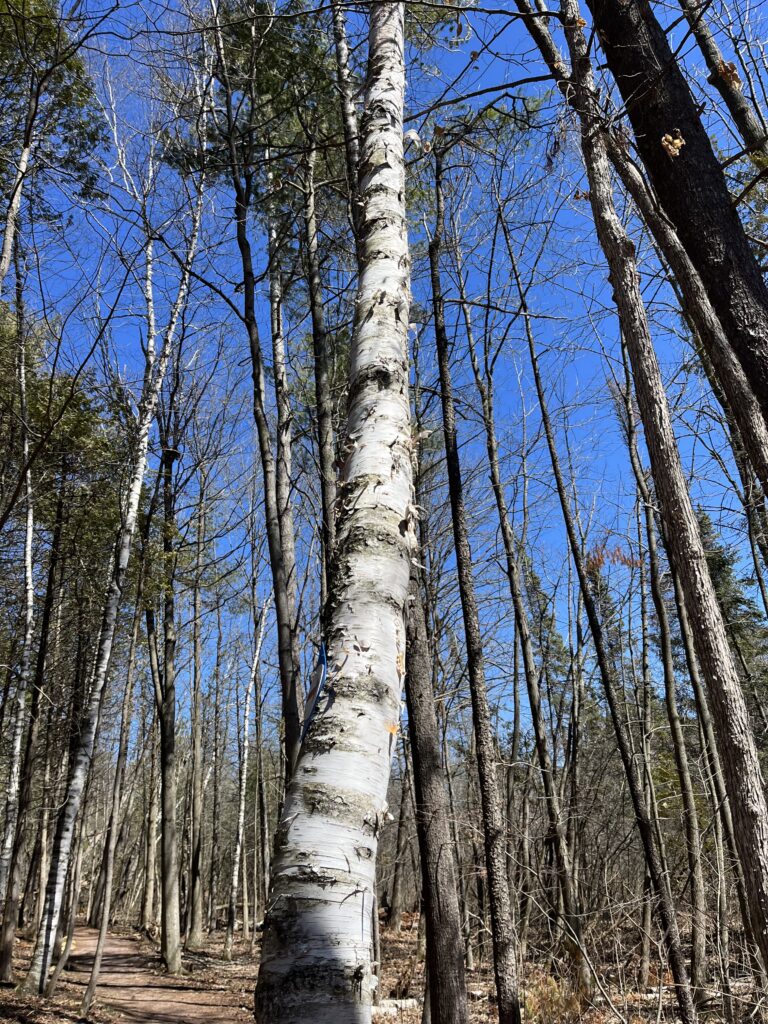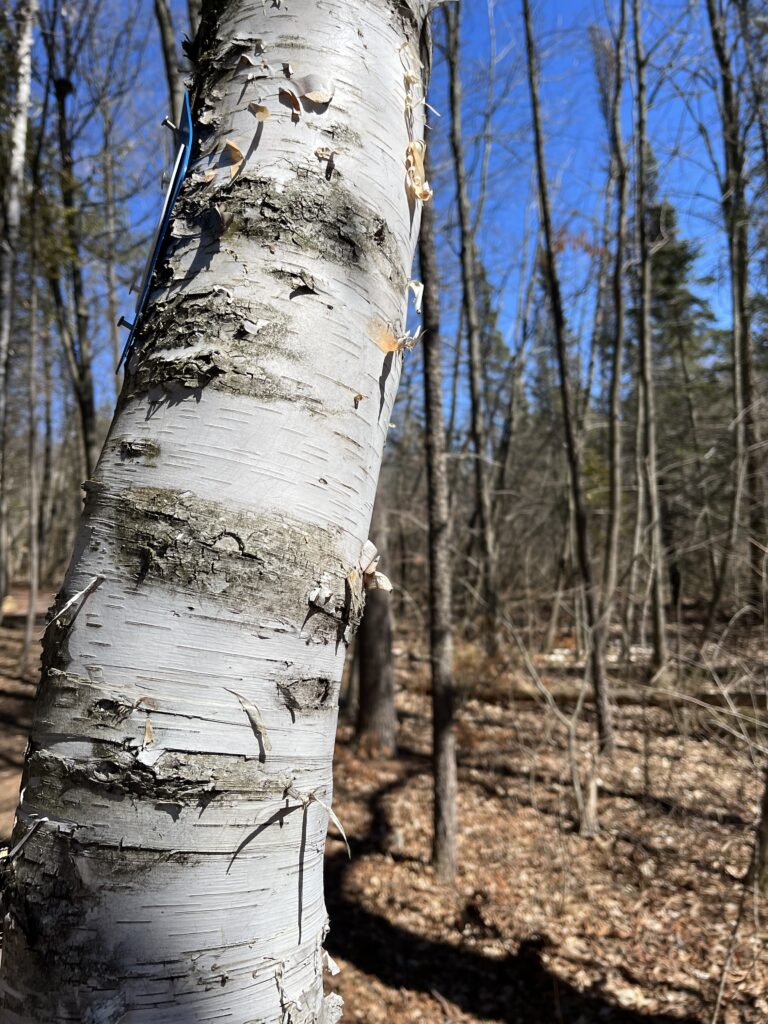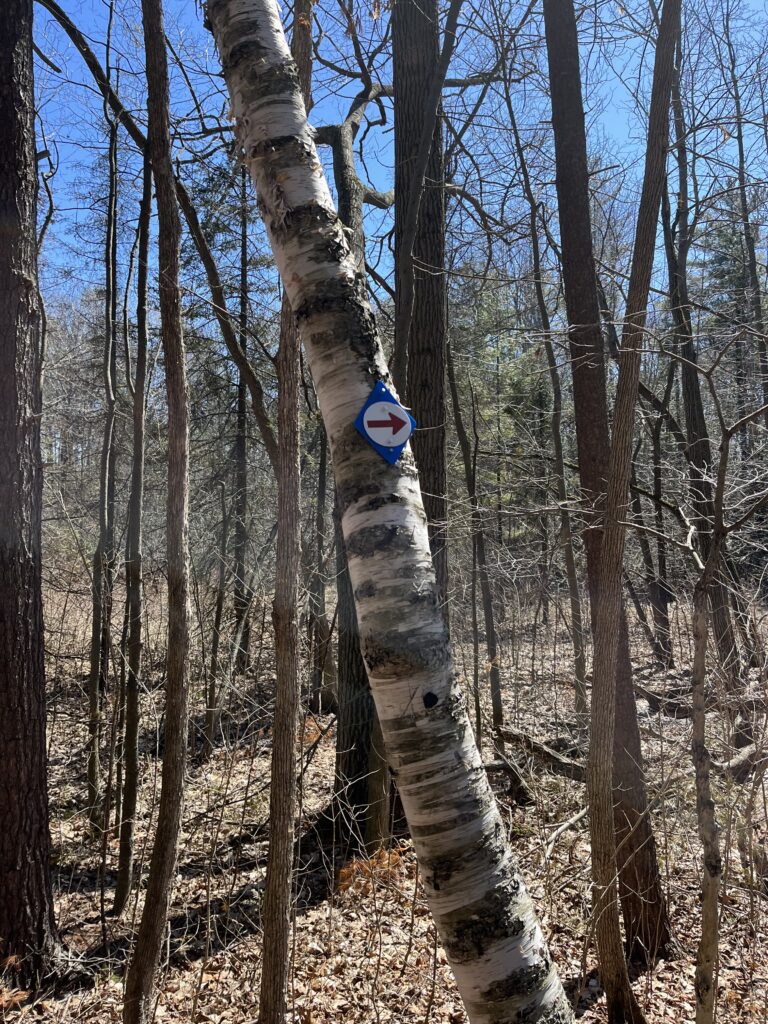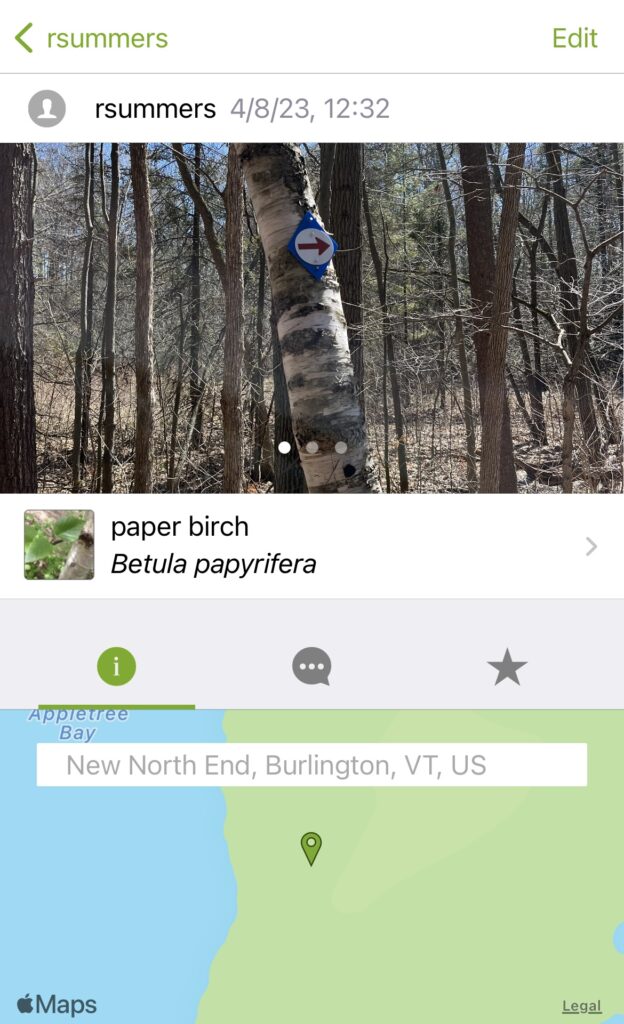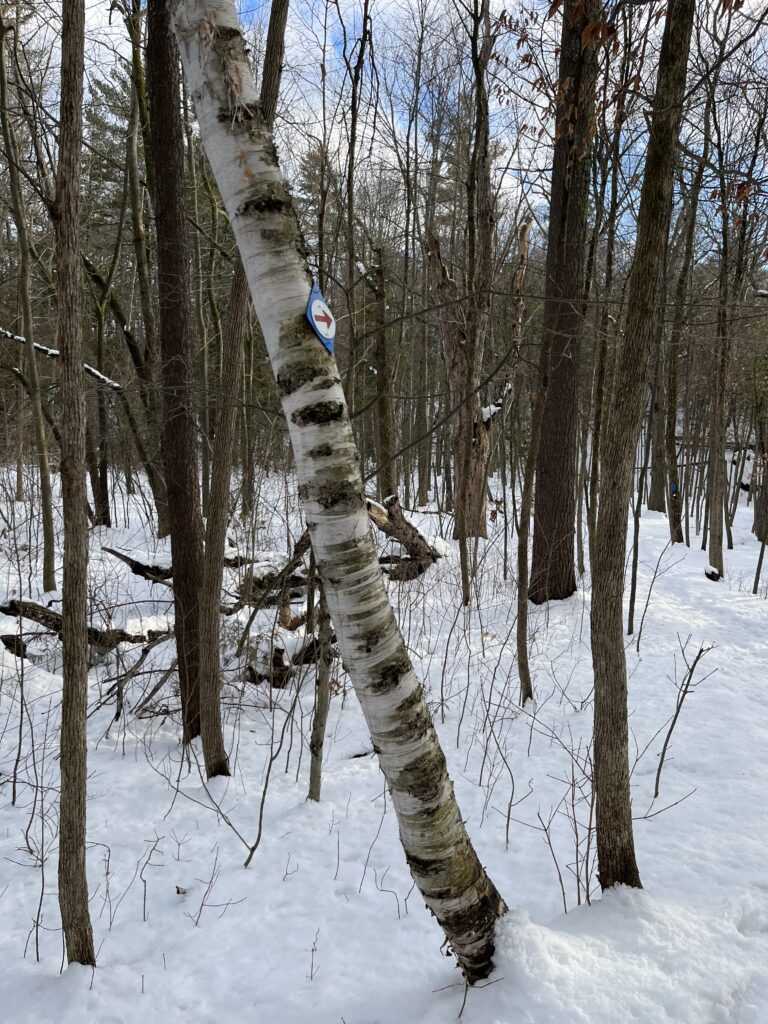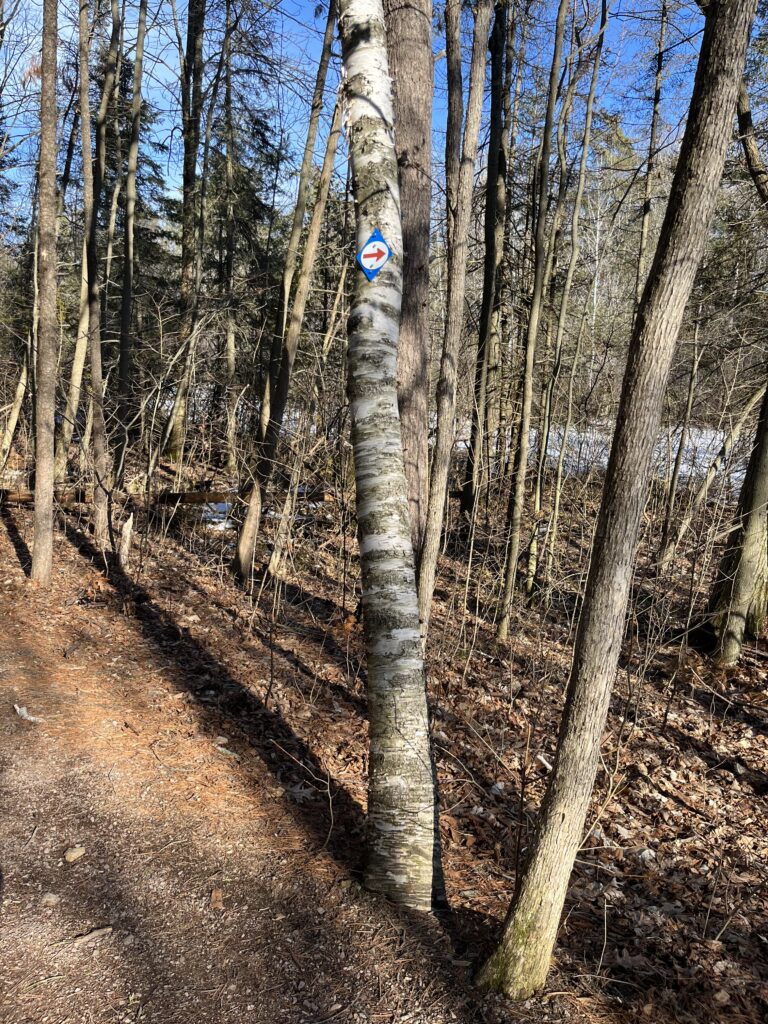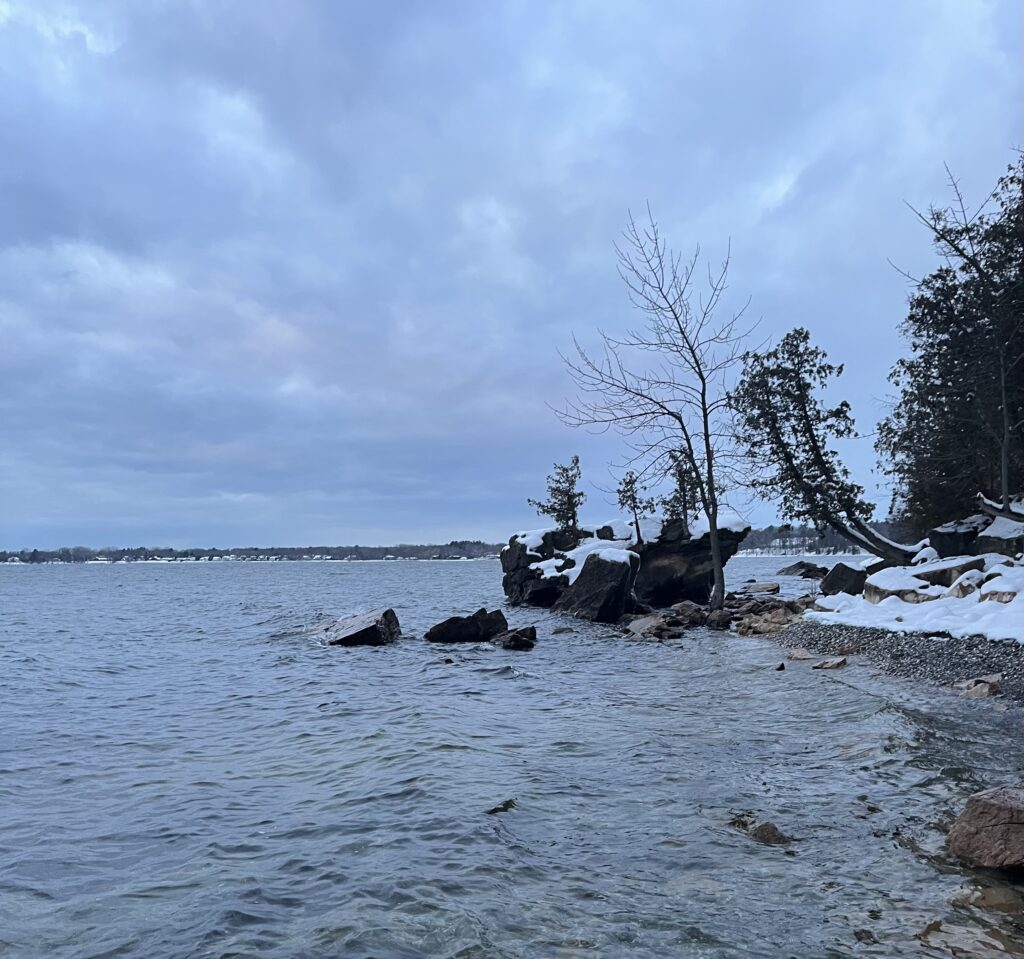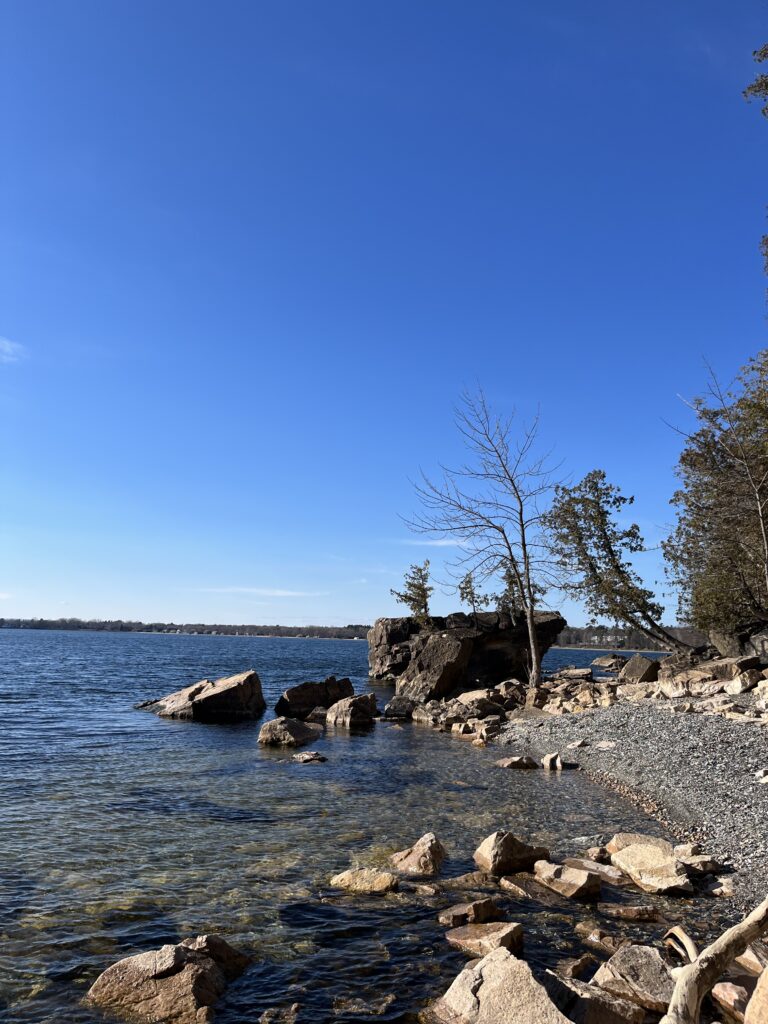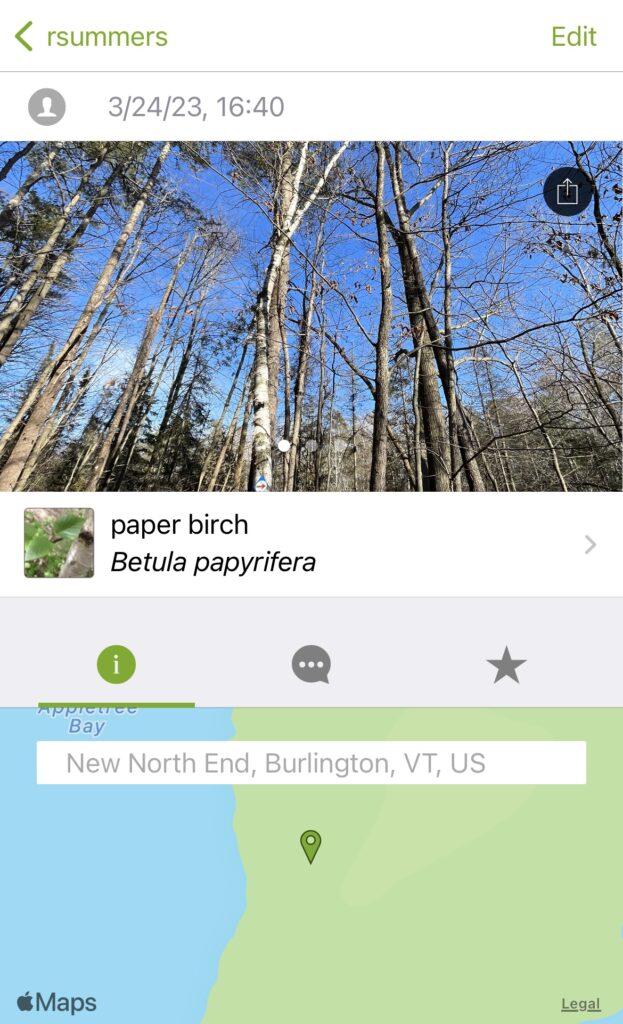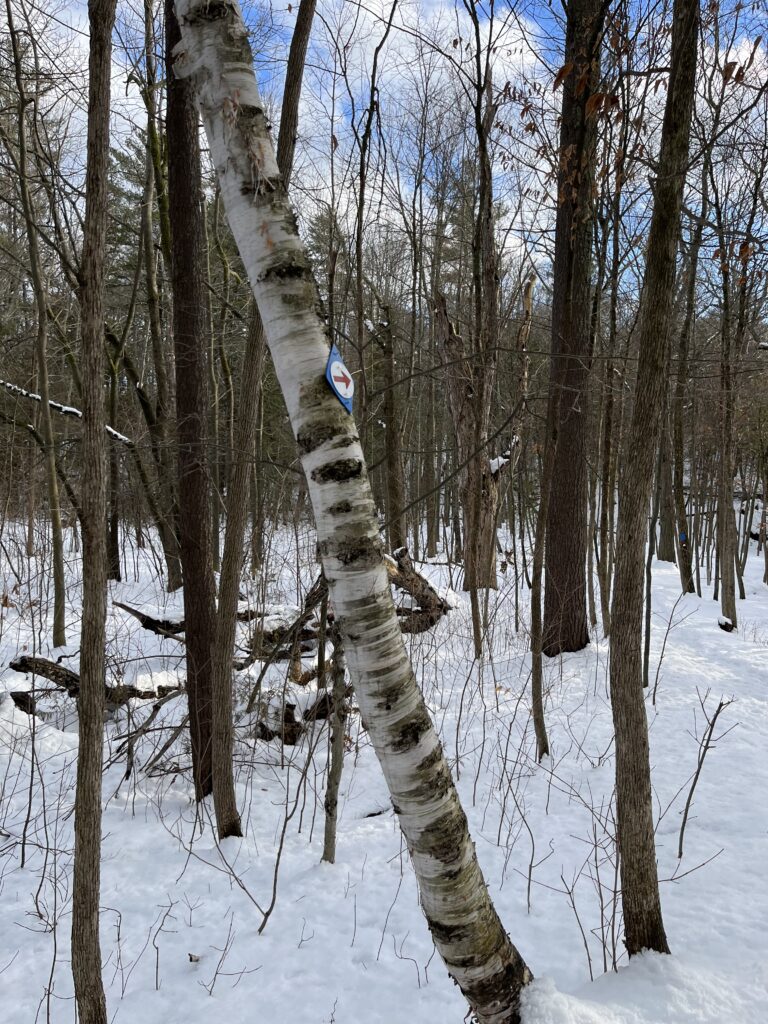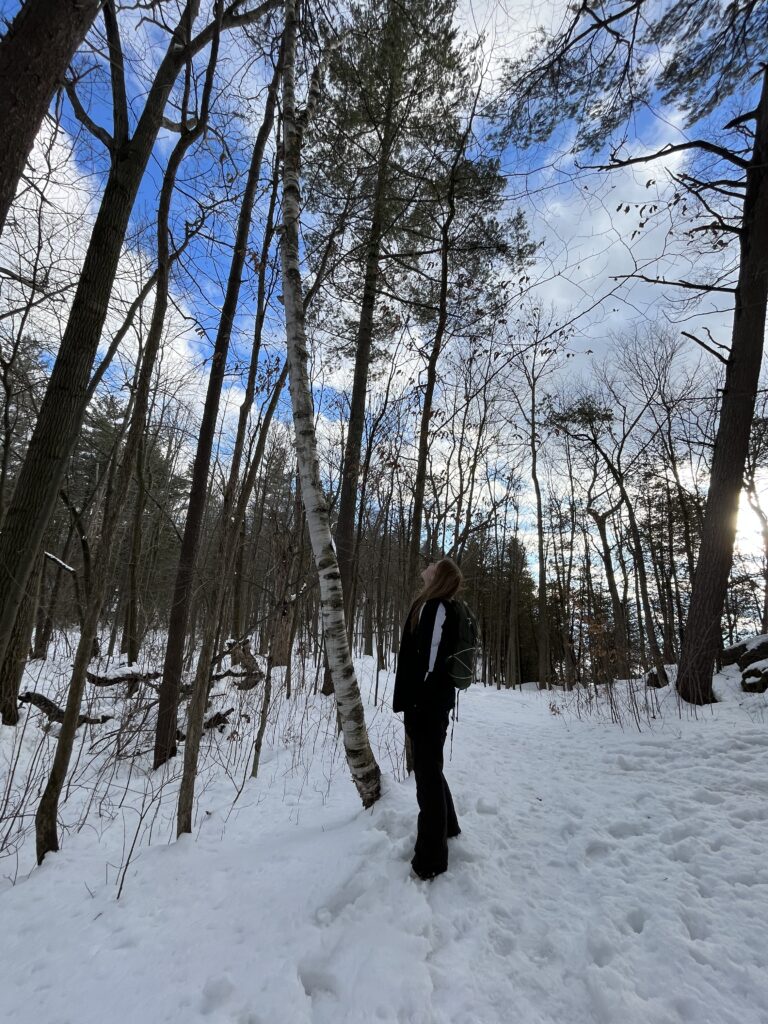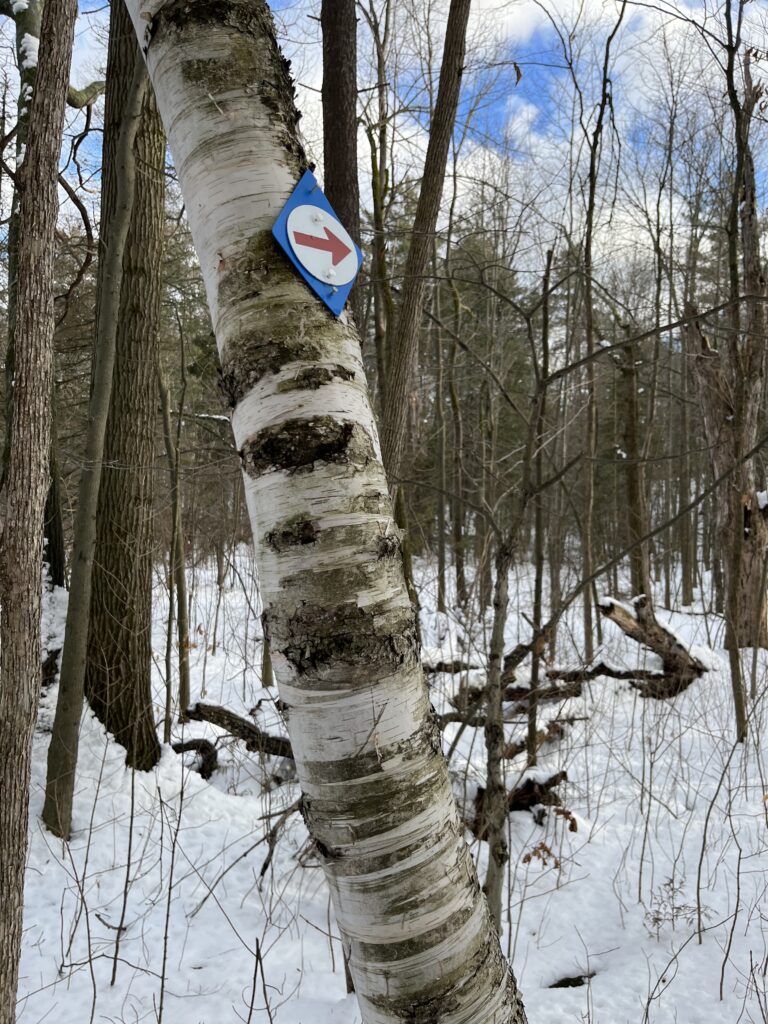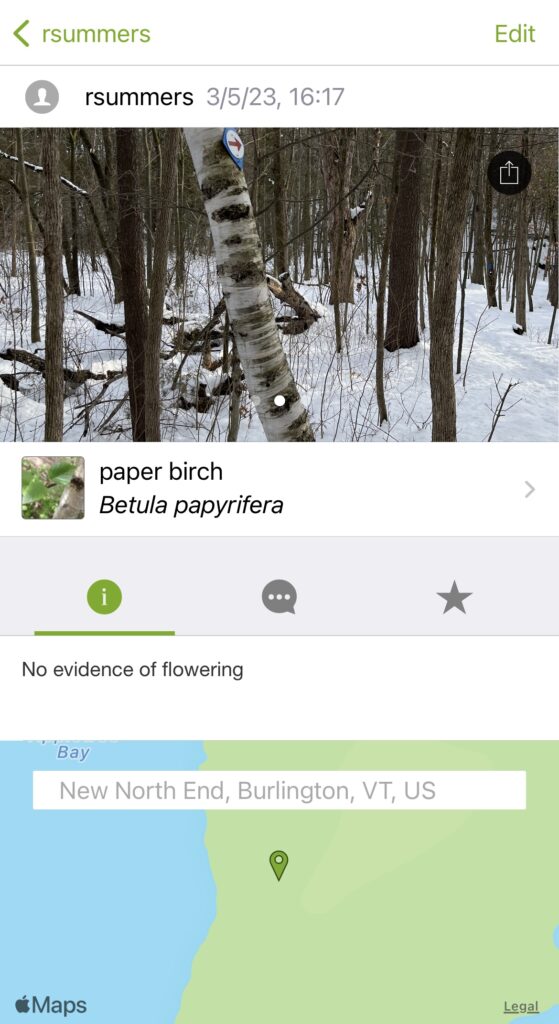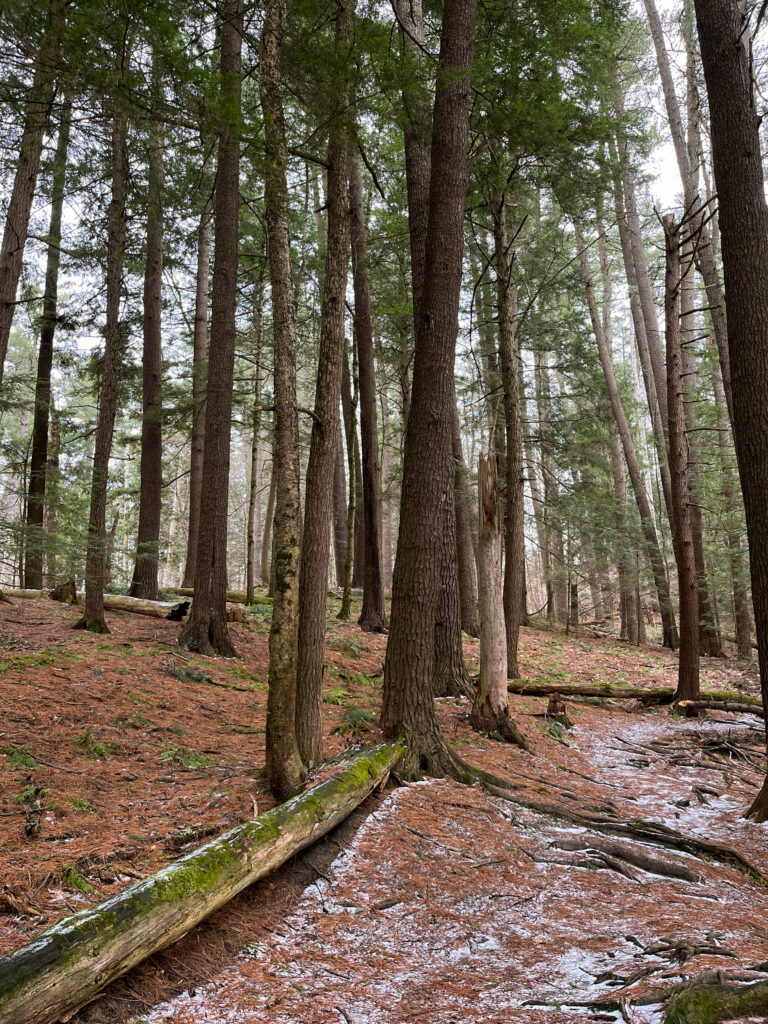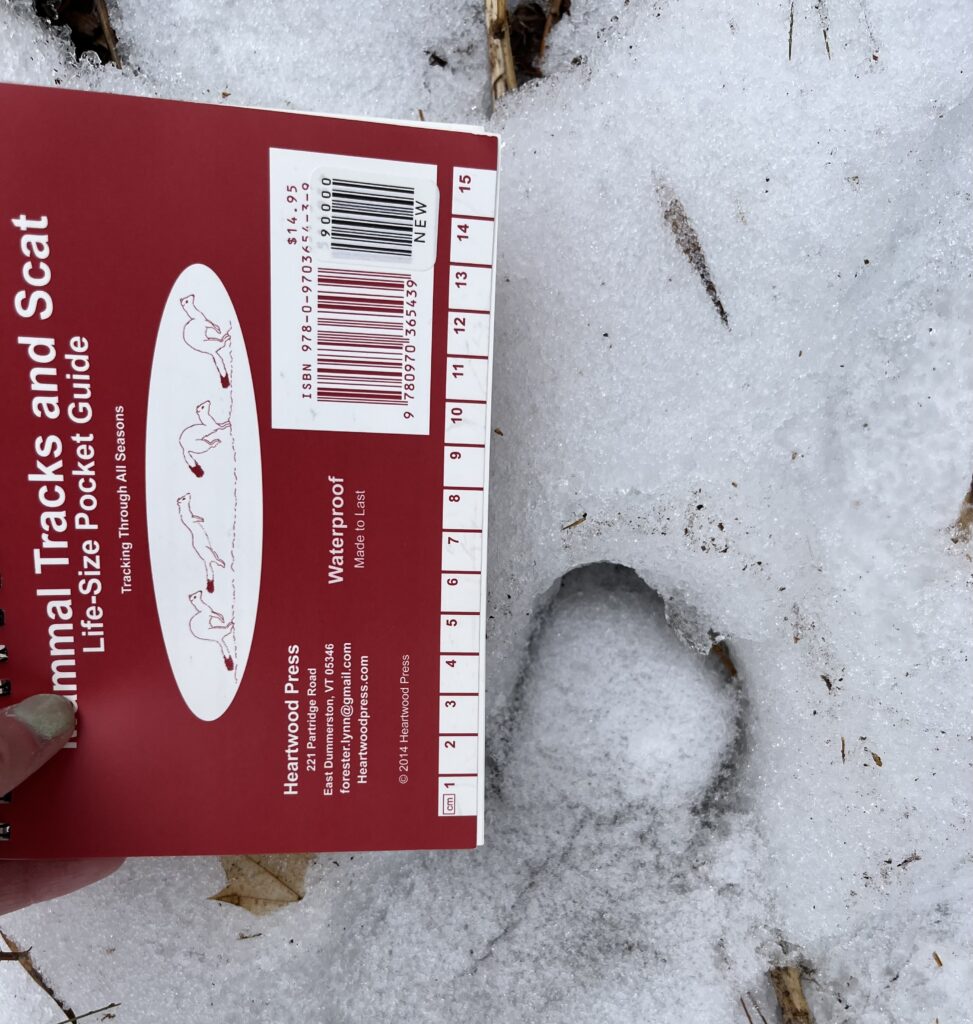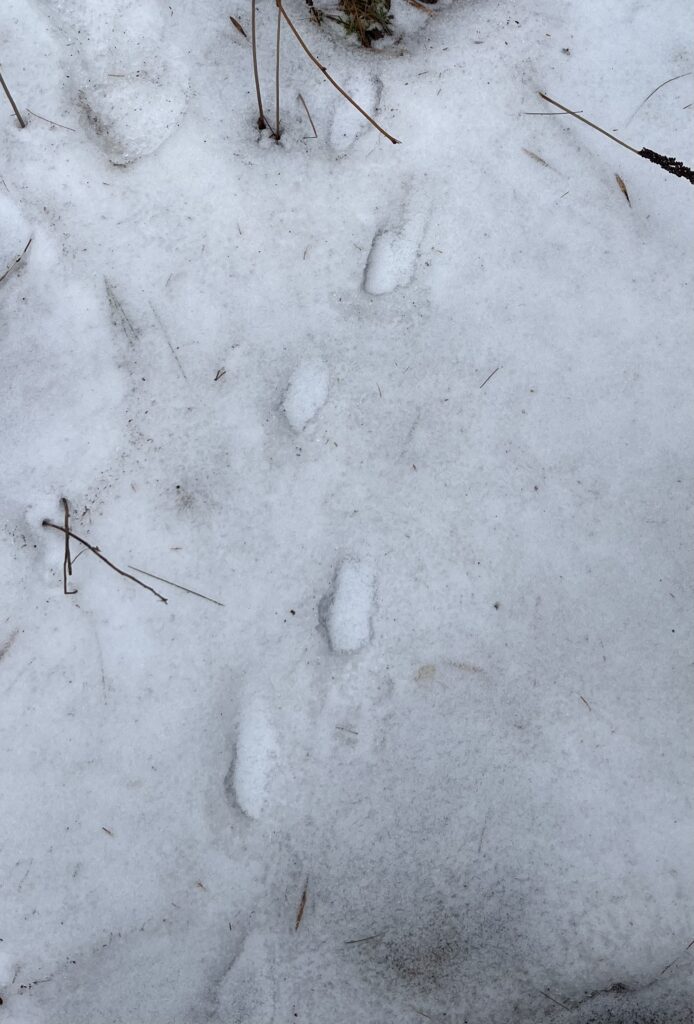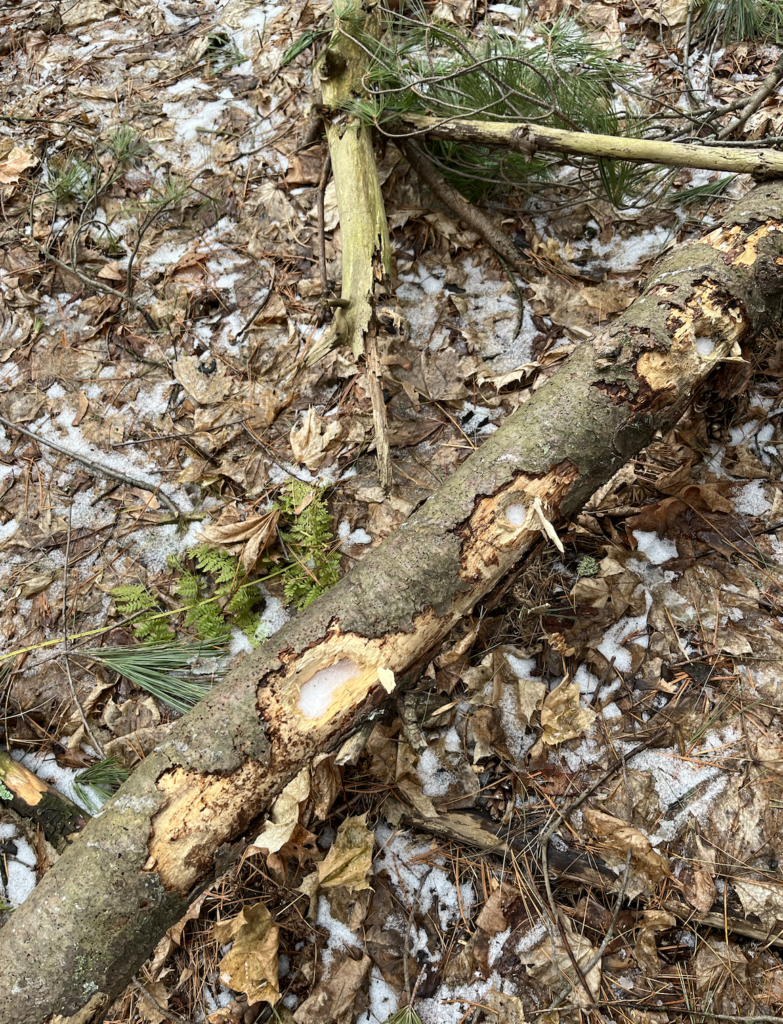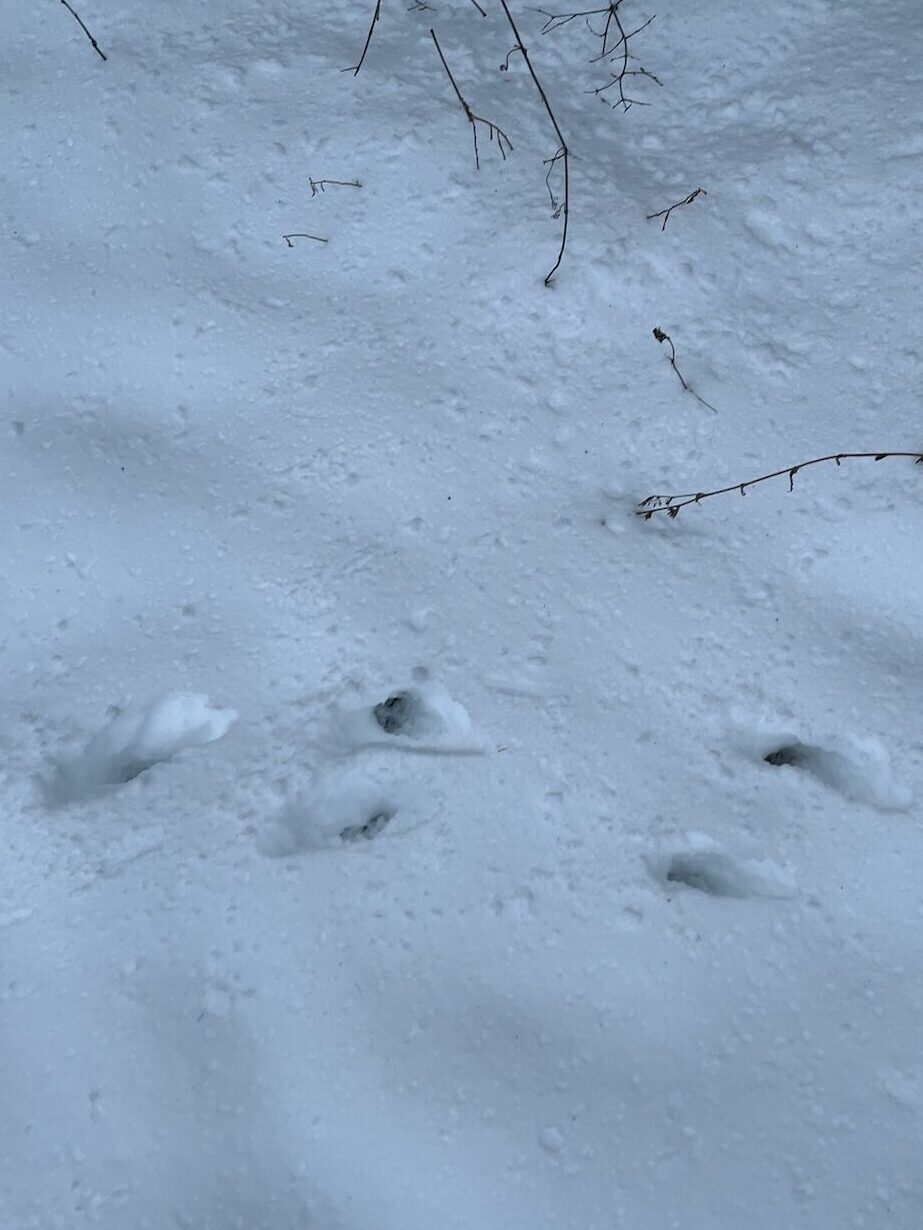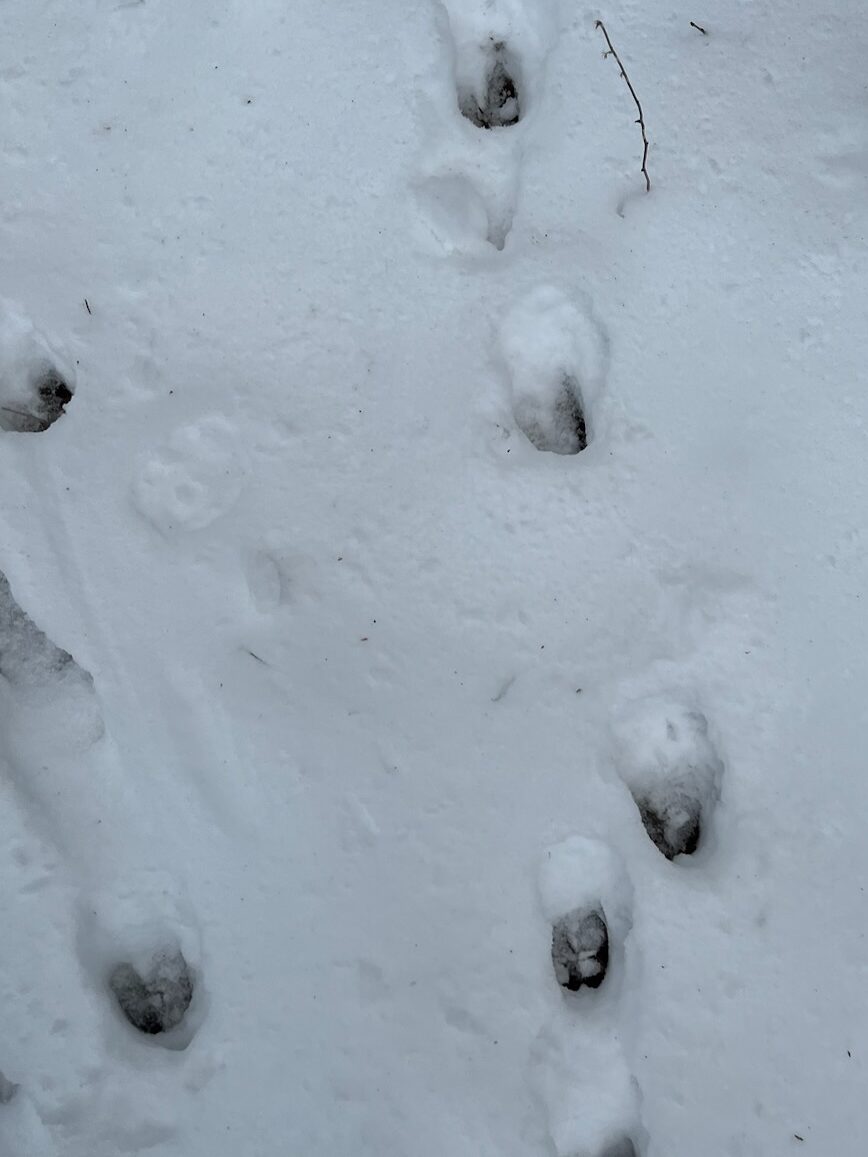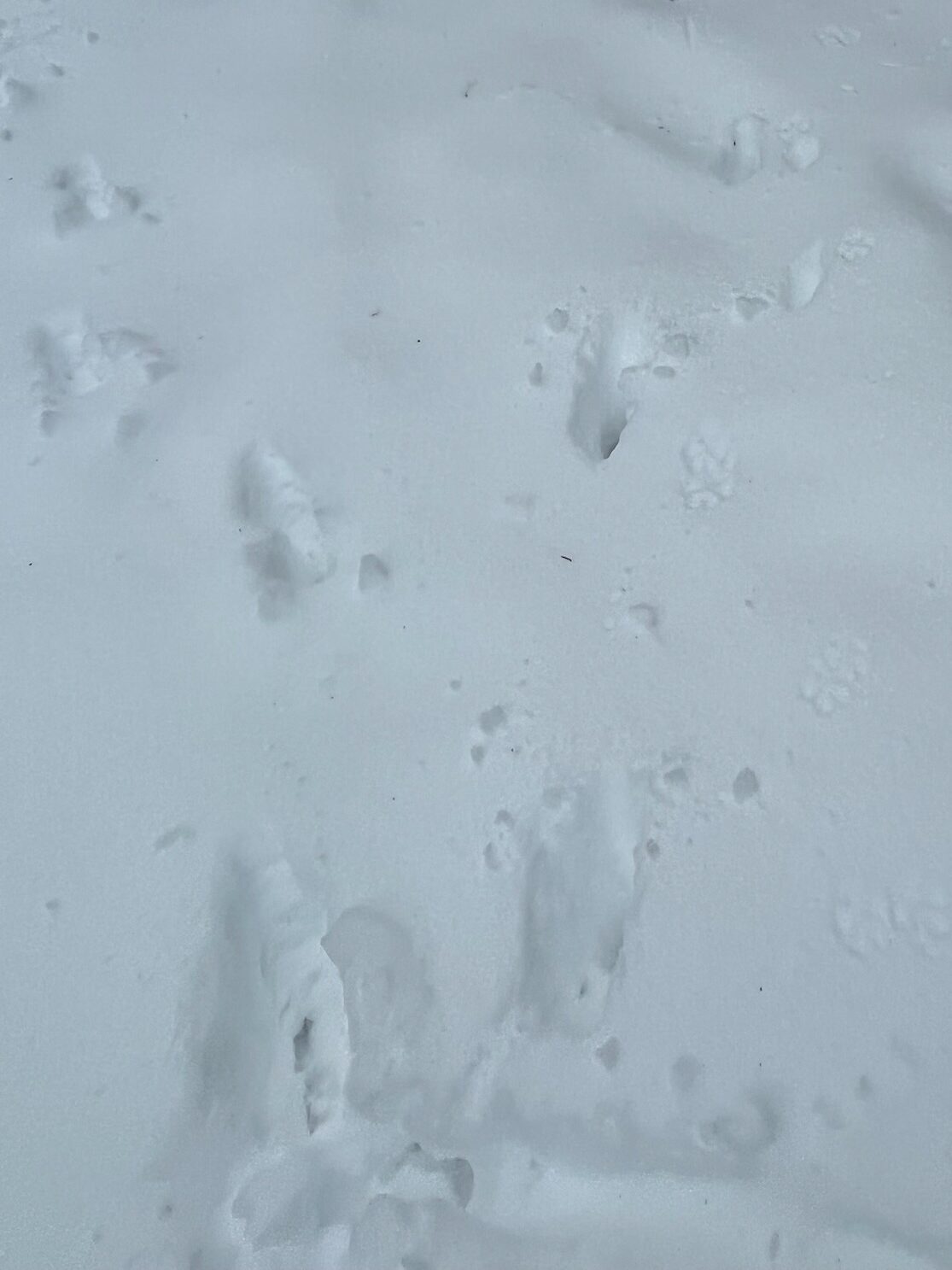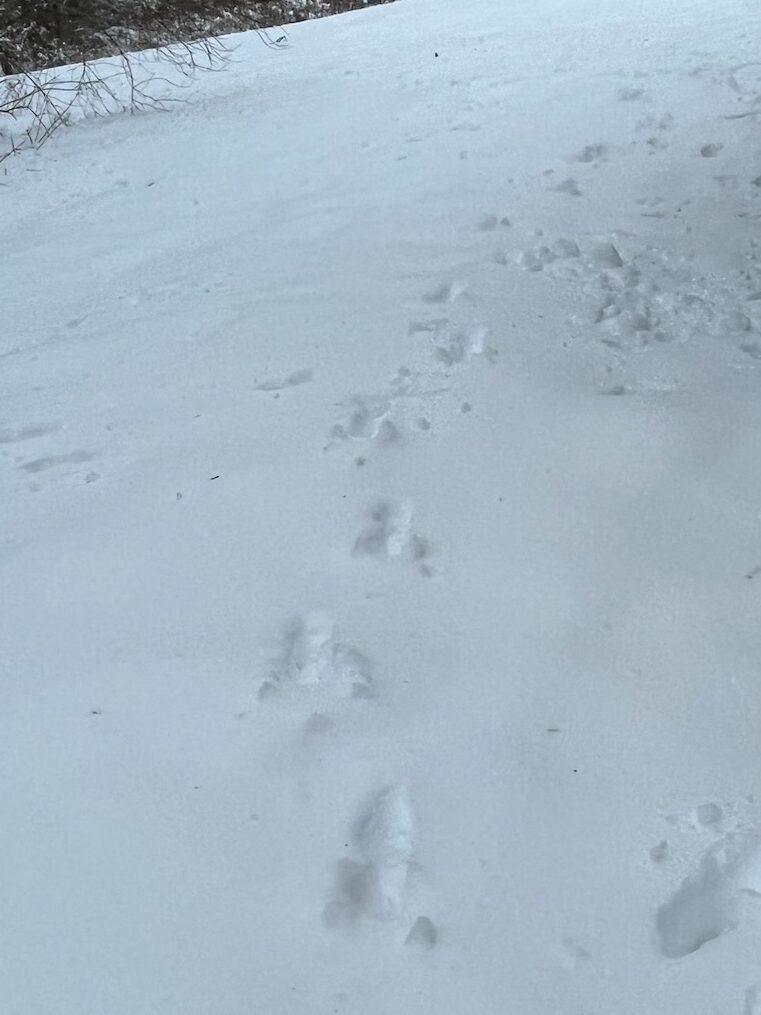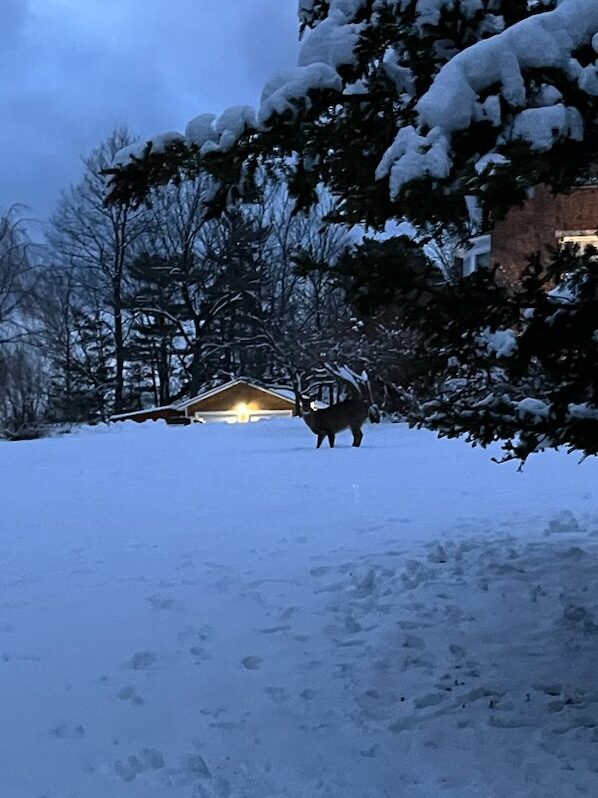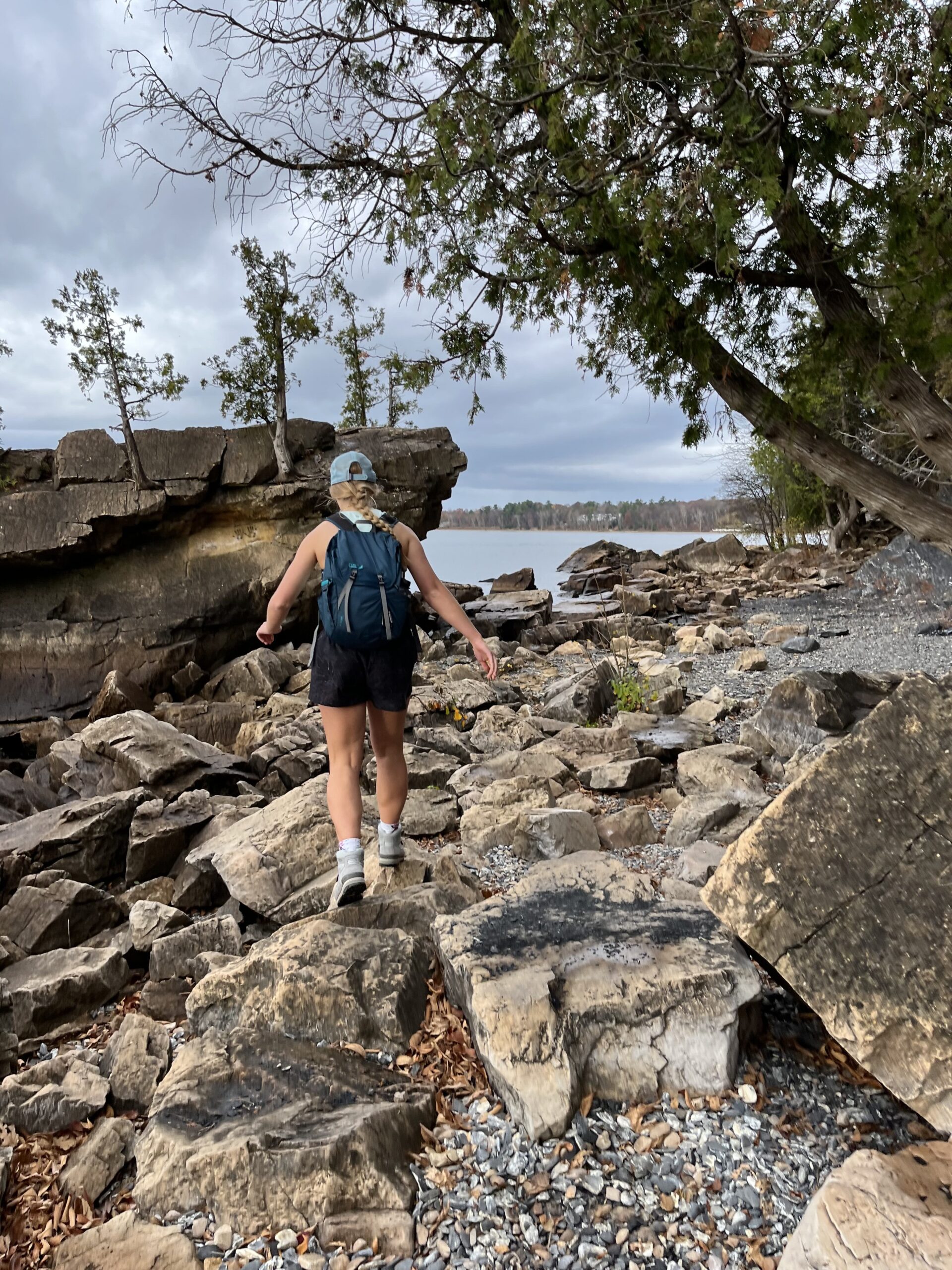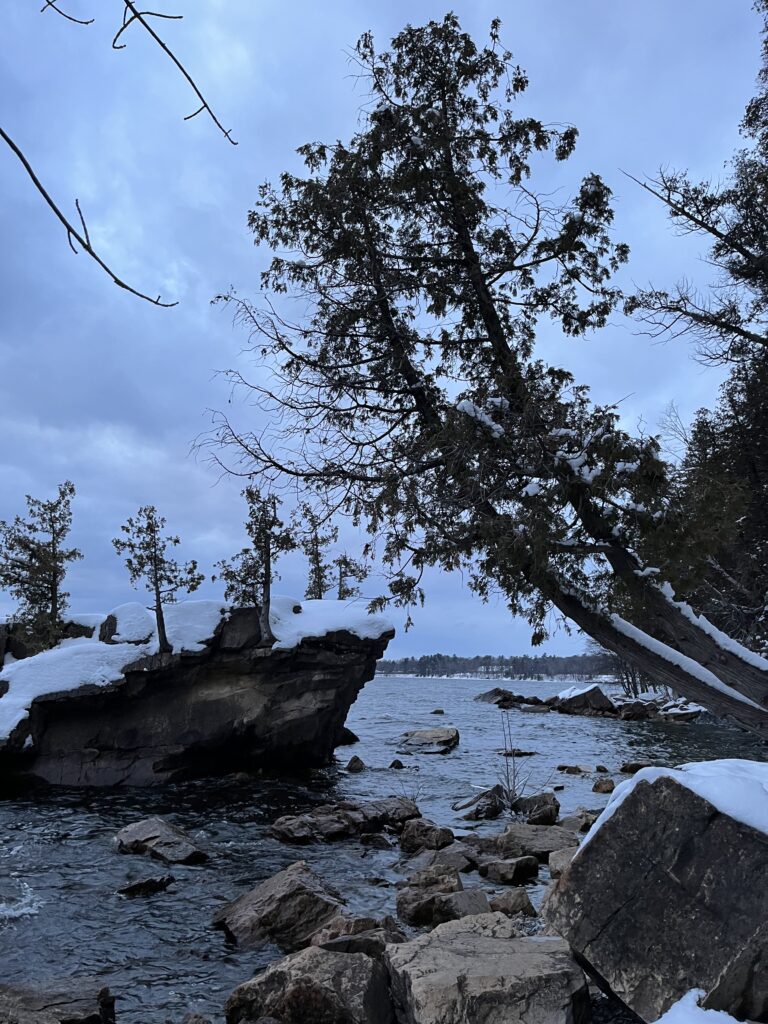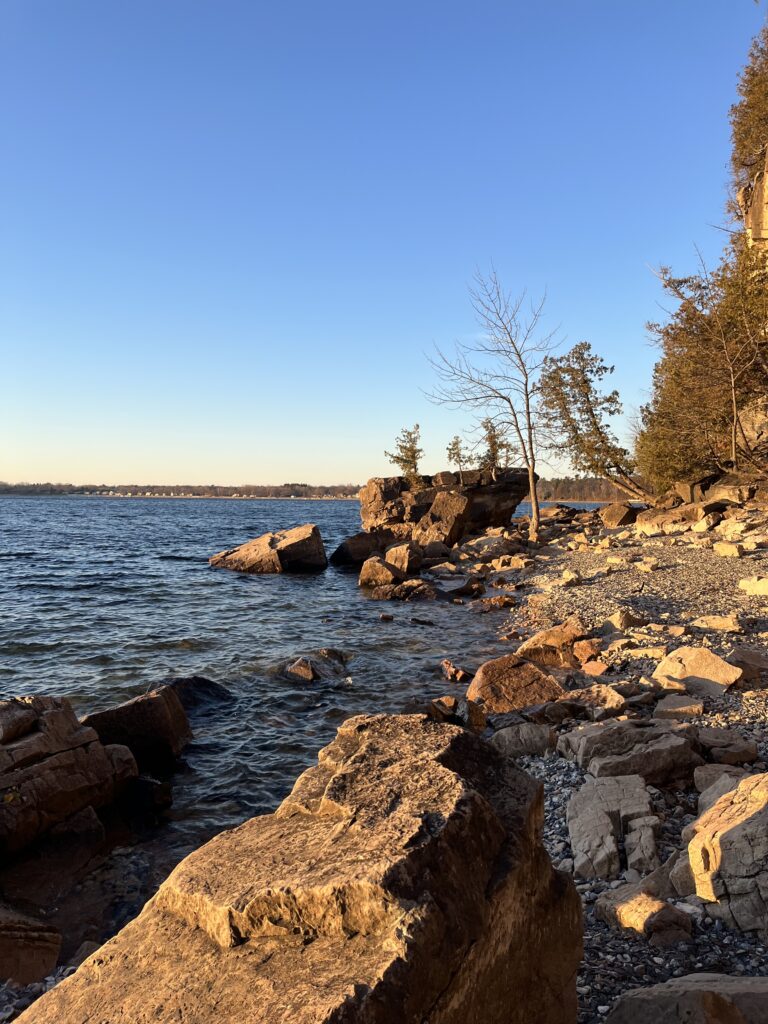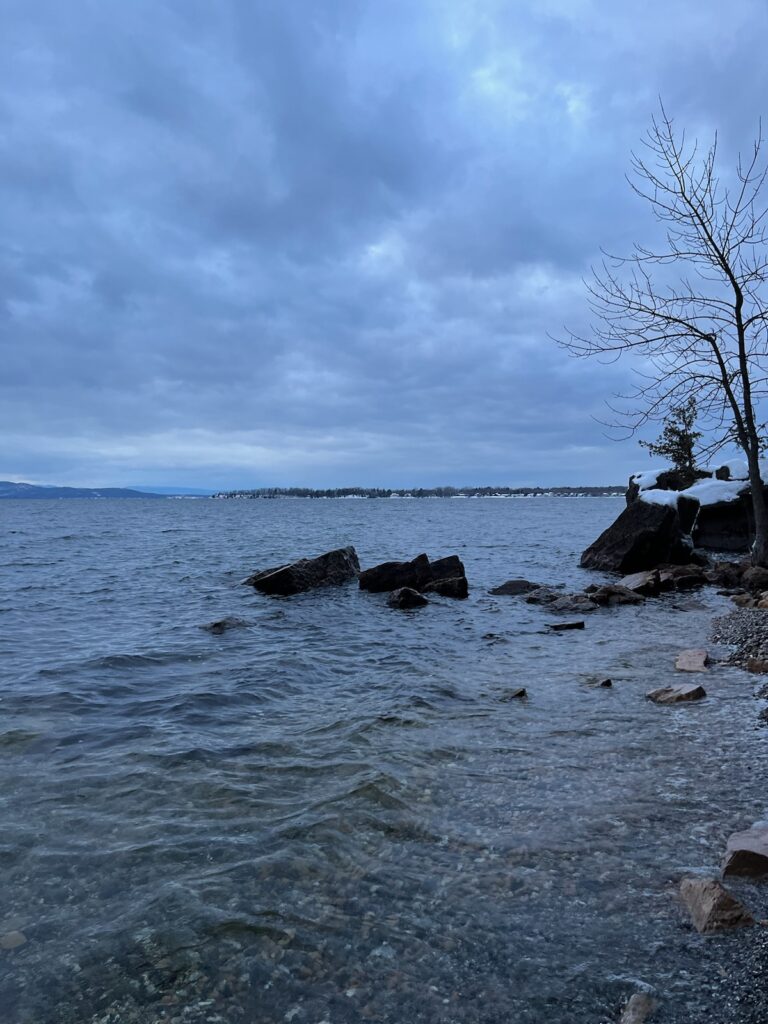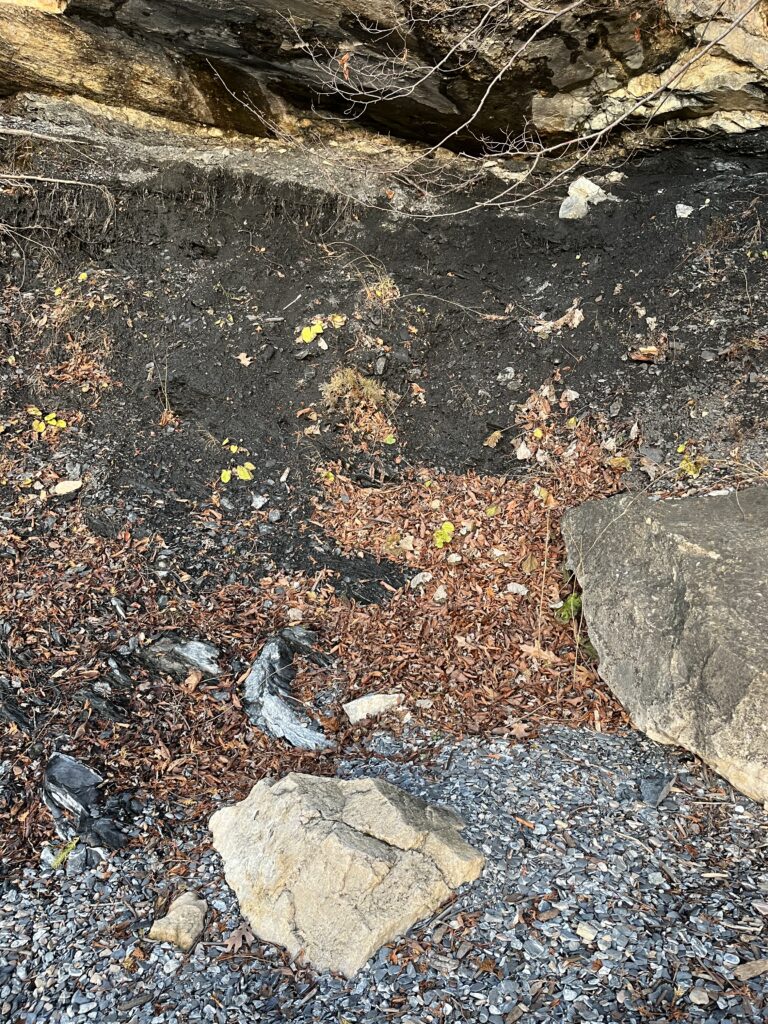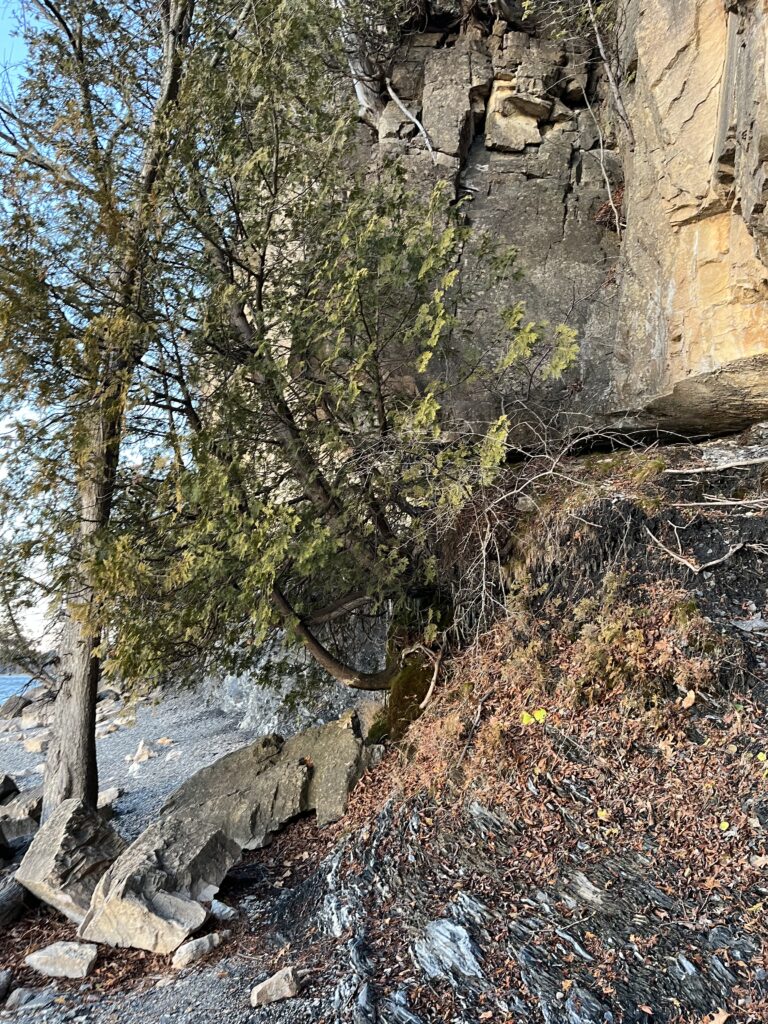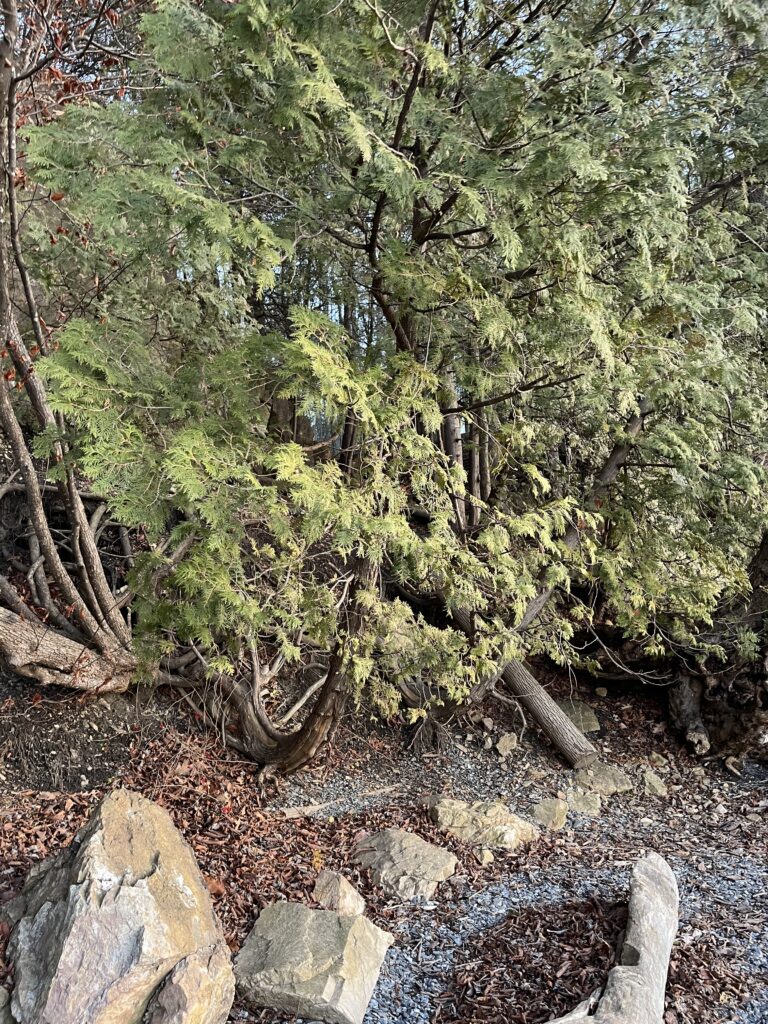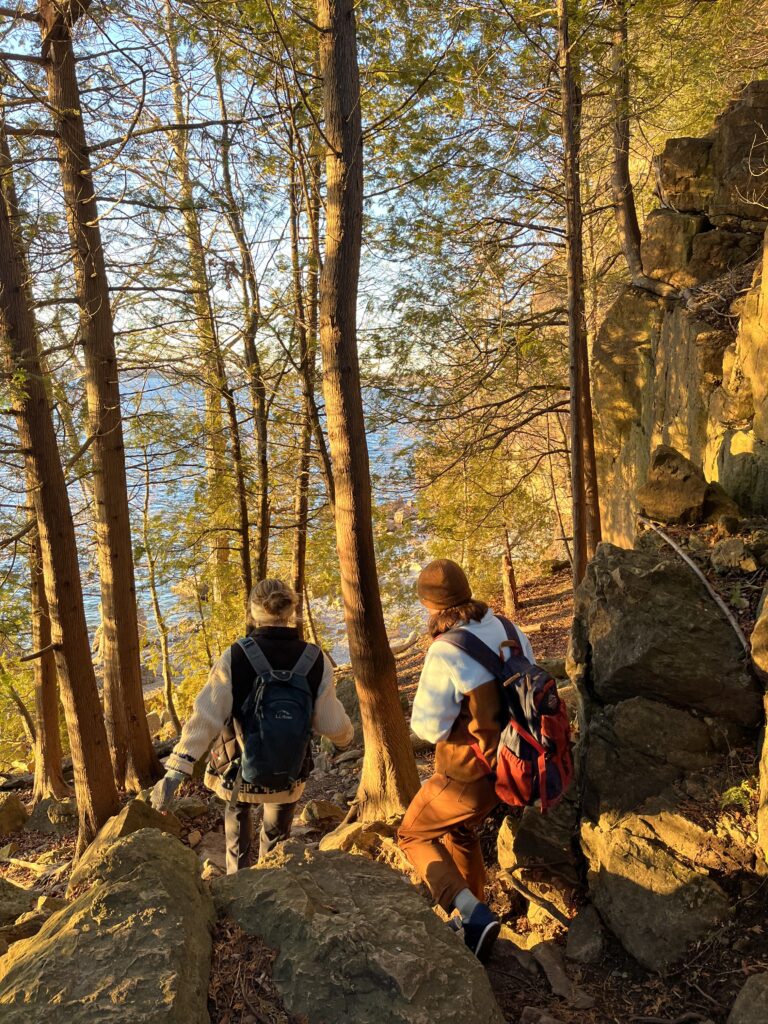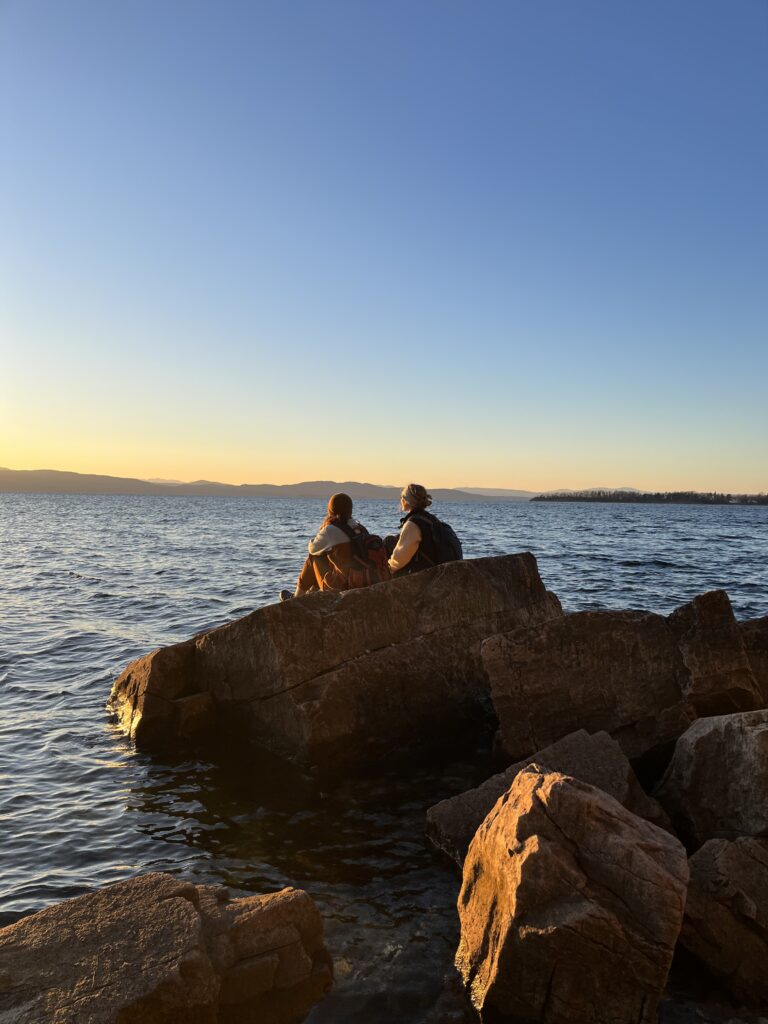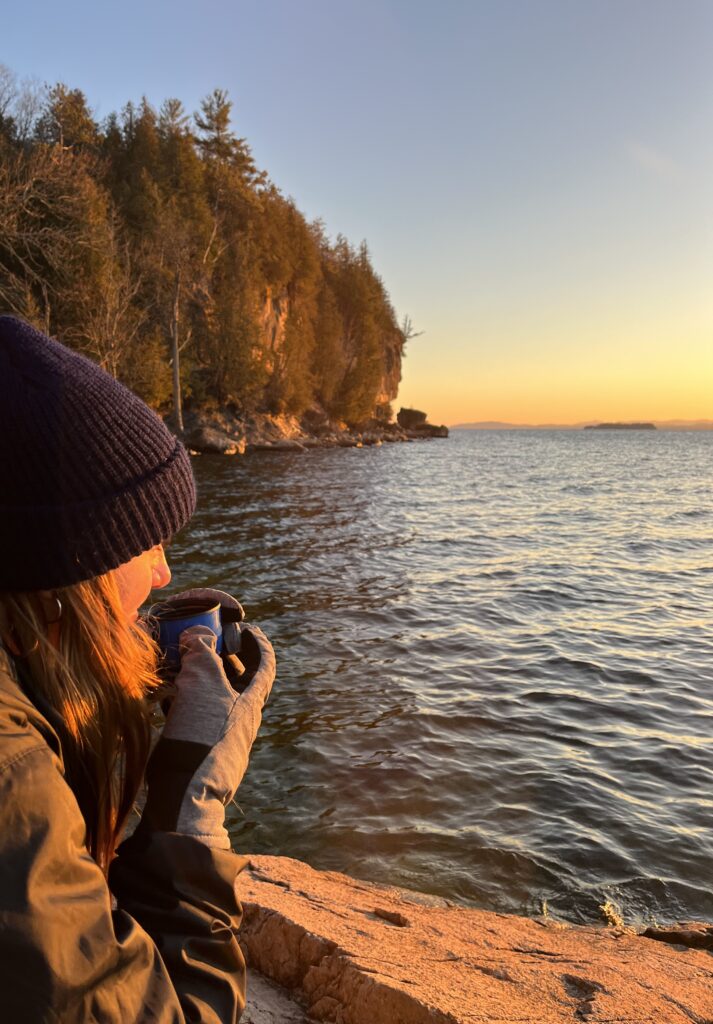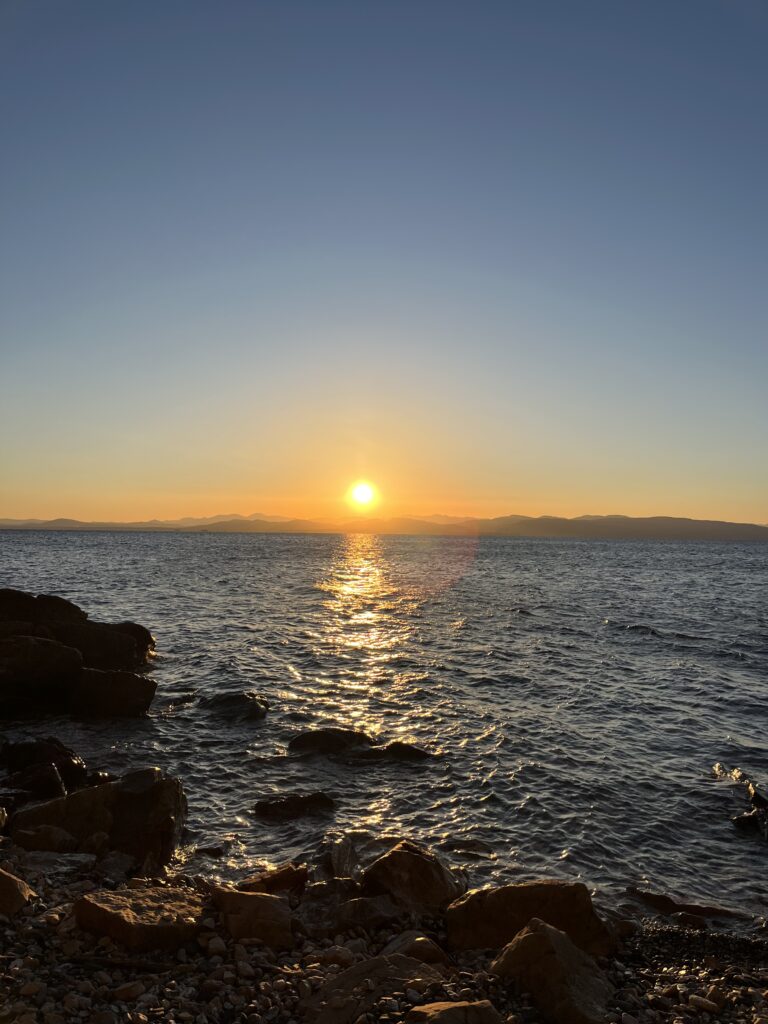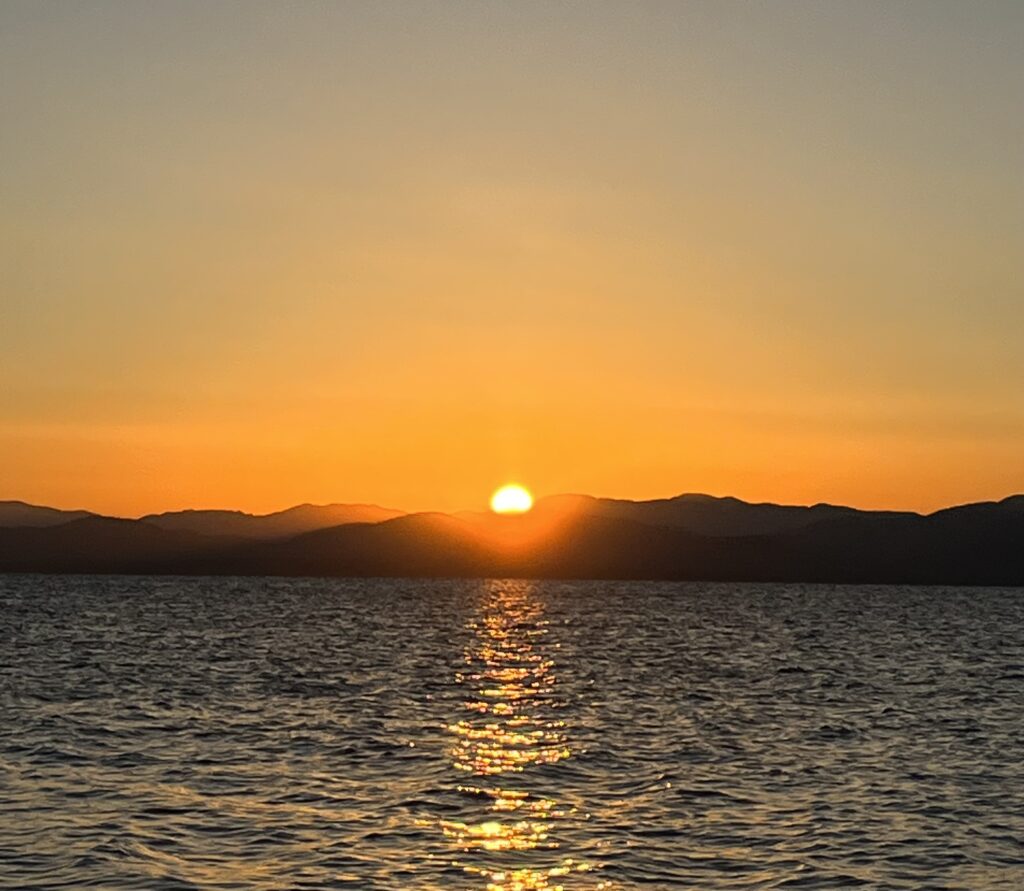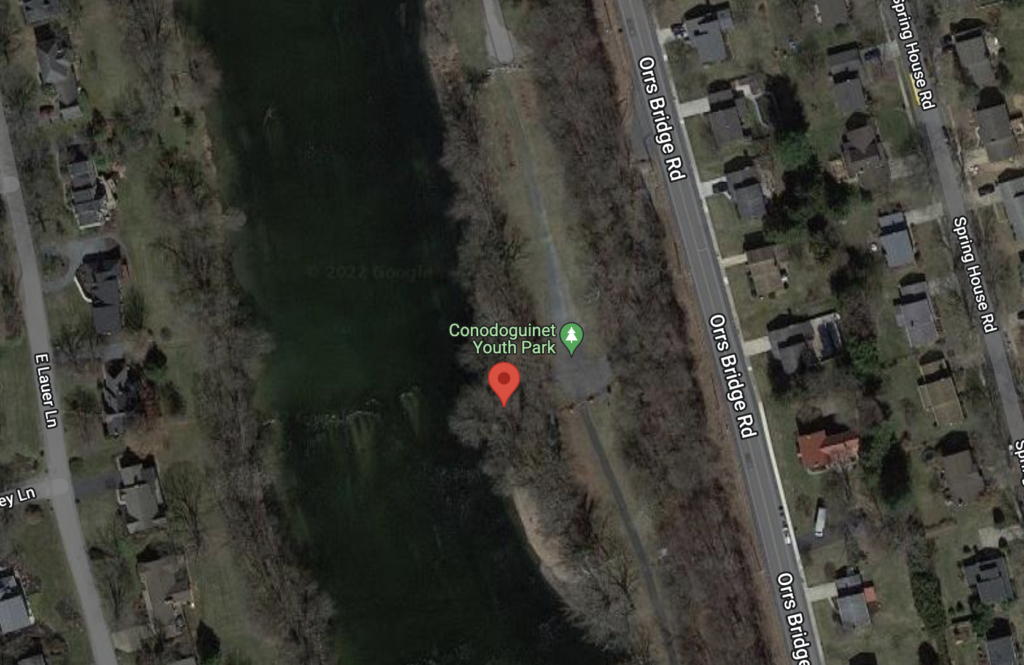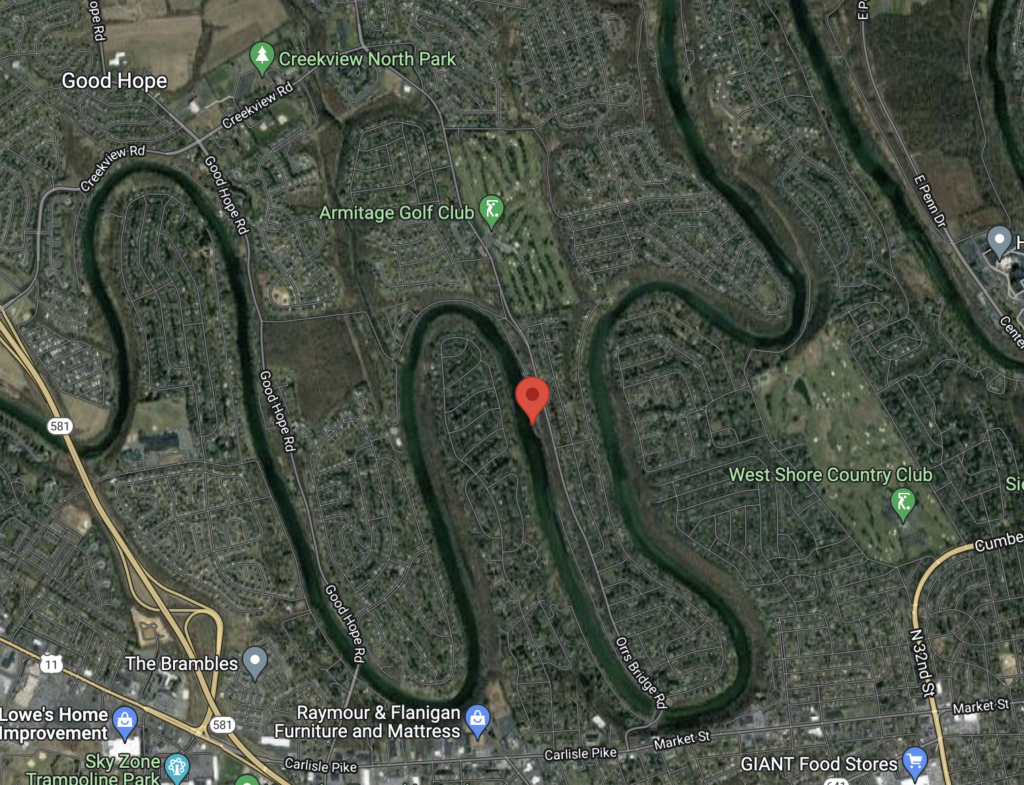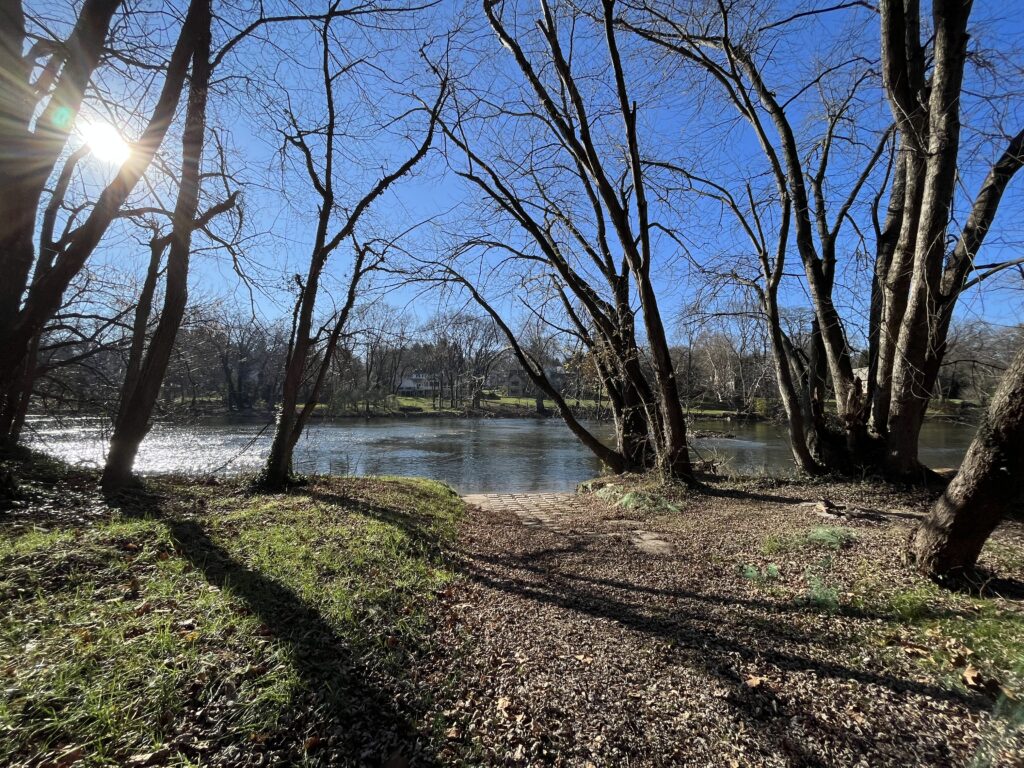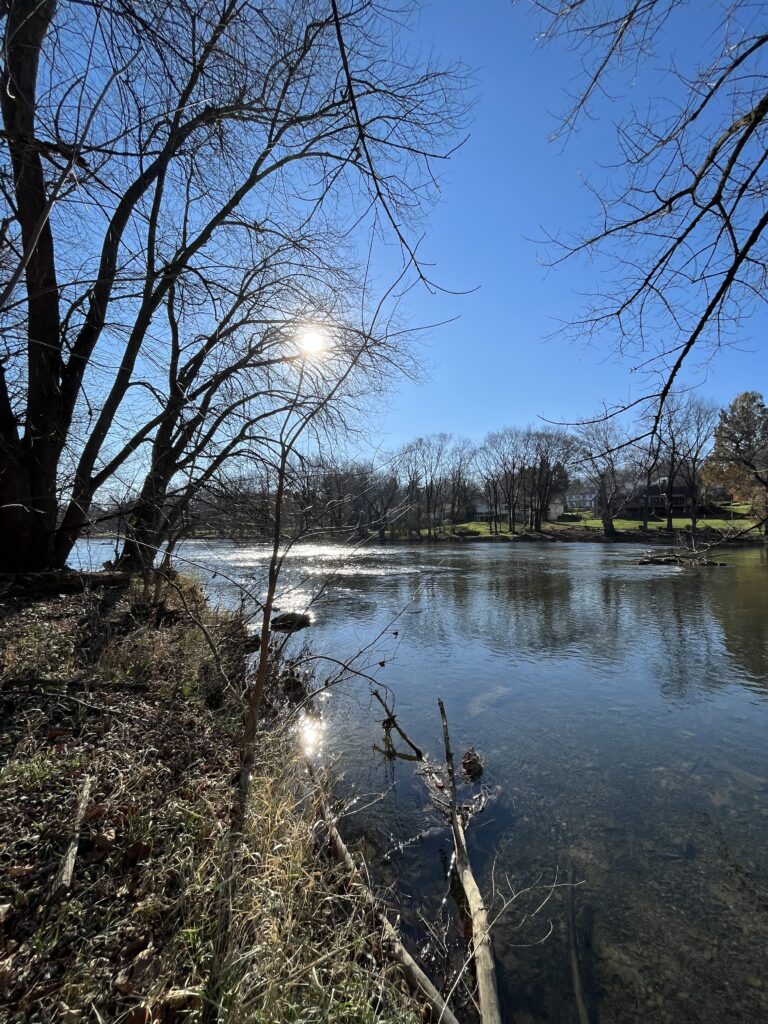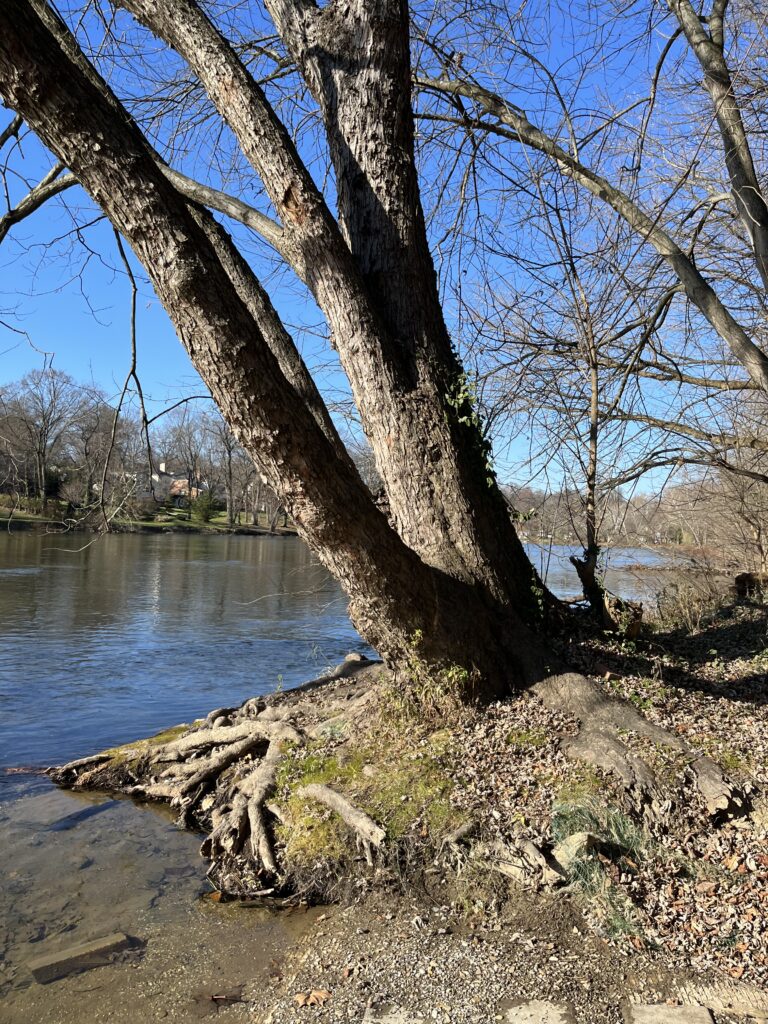What areas of Greater Burlington did you explore during this four-day urban BioBlitz?
Although we were unable to participate during the actual four-day period of the challenge, my friend and I visited Centennial Woods this weekend to document wildlife to garner the same experience as the challenge would have provided. Centennial Woods was our location of choice within the Greater Burlington area not only because it offers higher levels of biodiversity, and a more intricate image of Burlington’s plant/animal populations, but because we have a valued connection to Centennial. It was my first “hike” here in Vermont, and has been one of my favorite natural escapes to visit ever since. I can still remember how excited I was to test out my new hiking boots the first time I went, so to round out my freshman year with another visit to Centennial Woods just seems fitting somehow. On our journey through Centennial, we decided to keep exploring the trails this time instead of simply turning back as we always have historically. By doing so, we somehow ended up in this development called Bayberry Commons just alongside the Winooski River. Naturally, we had to find our way to the river and continue the adventure! How could we resist?! The neighborhood had already set chairs up on the river bank, so we took a pause there for about half an hour to reflect on our first year here at UVM. I am so grateful to have had this BioBlitz assignment with which to justify our meandering endeavors.
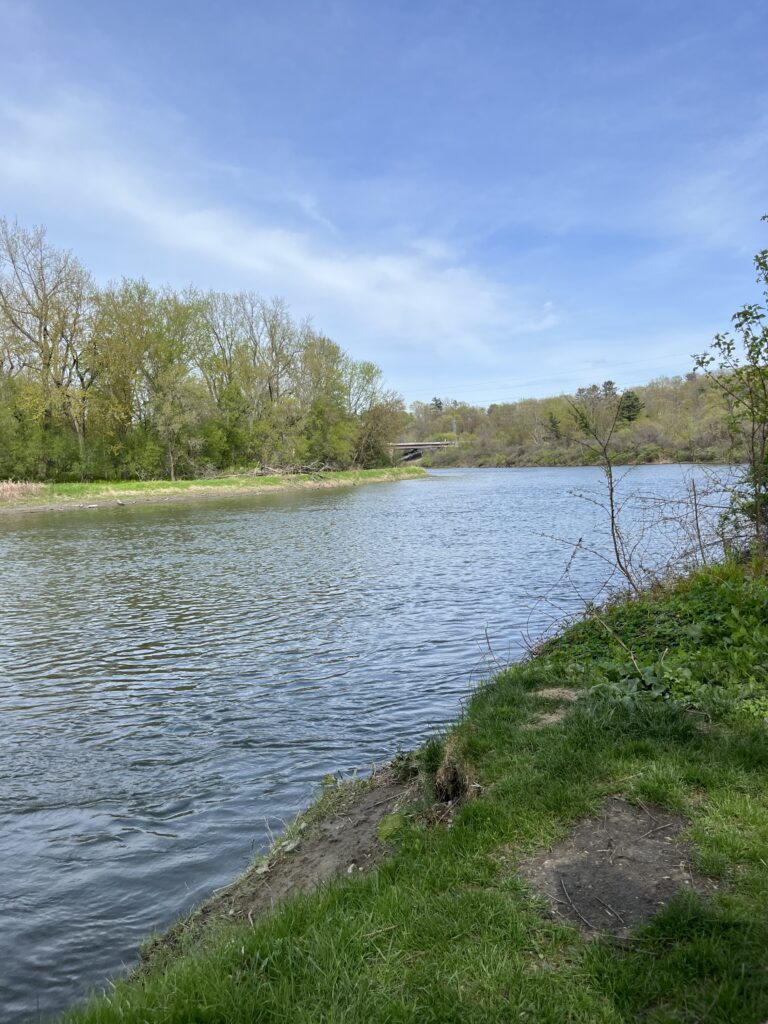
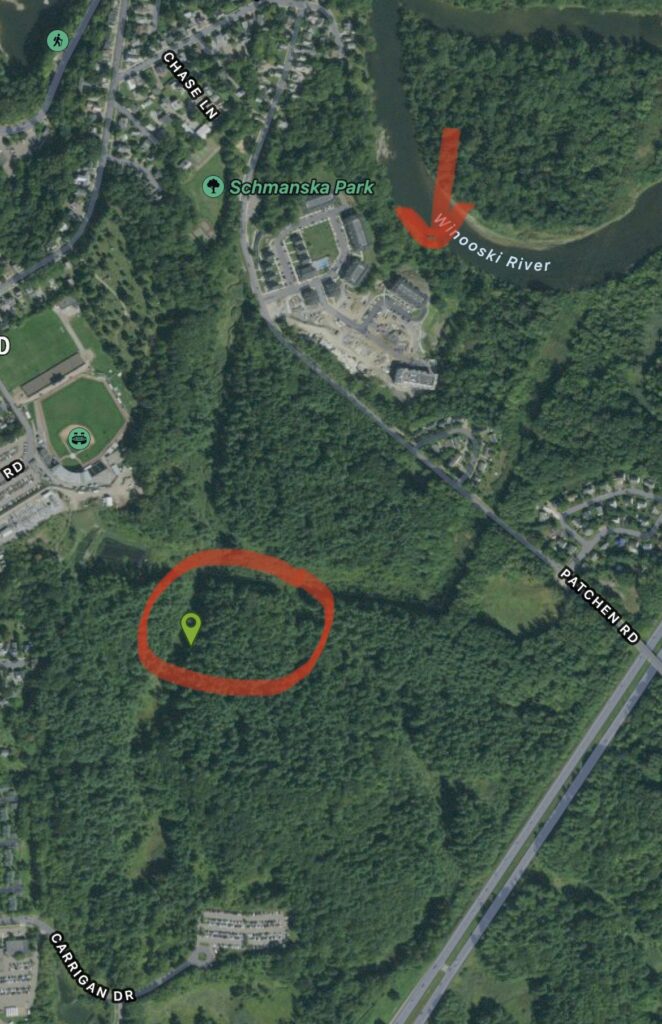
How was your experience using iNaturalist?
Now that spring has sprung and plants are in bloom again, using iNaturalist has become a more manageable tool again. For a time, the identification process was made slightly more difficult by the lack of leaves, and surplus of snow/slush, but for the purposes of this BioBlitz, iNaturalist was immensely helpful. I also love getting feedback from others in the iNaturalist community who make identification suggestions, and look forward to seeing what they have to say about my current observations (specifically my “fiddlehead ferns,” which iNaturalist does not have listed as a species option, but seems the most similar to the plant I saw growing.)
How many species do you encounter?
Although there were countless species around us at every turn throughout Centennial, I documented only those that caught my eye for one reason or another. I documented seven different plant species, paper birches, wood ferns, hophornbeam, and potentially fiddlehead ferns among them!
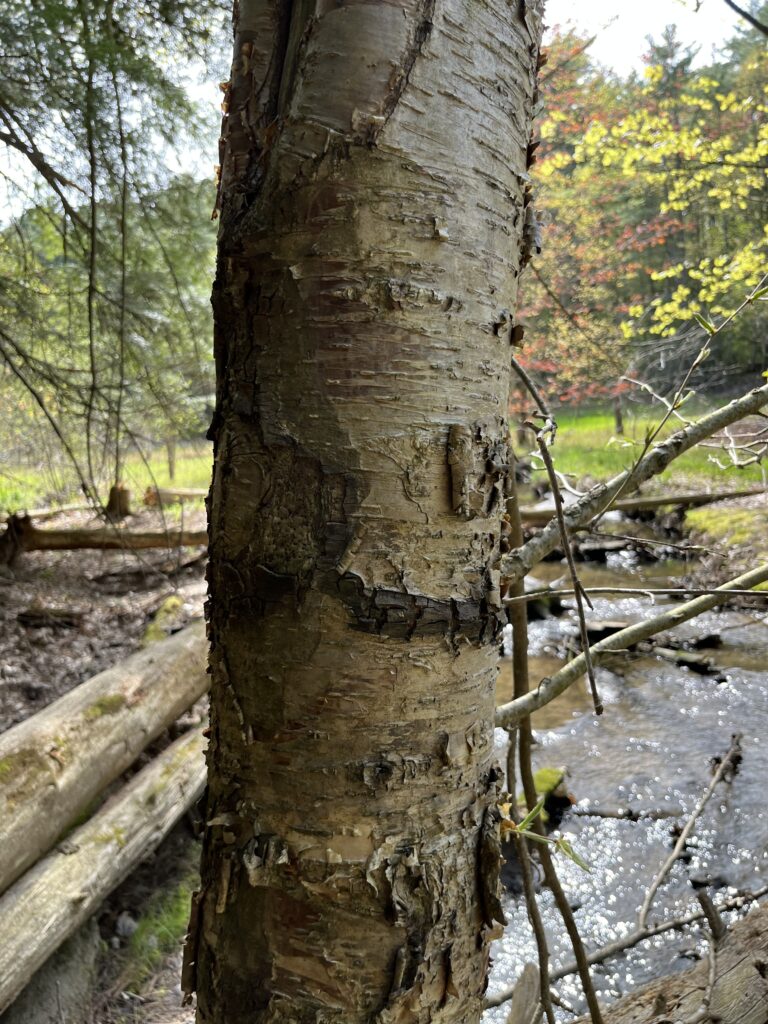
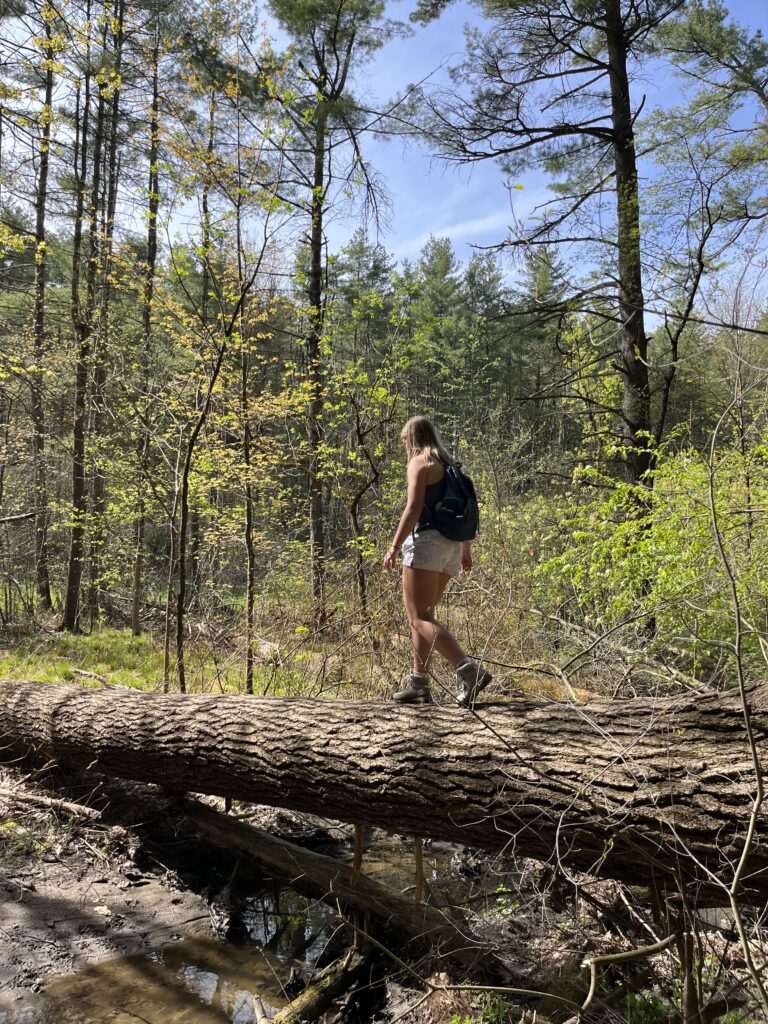
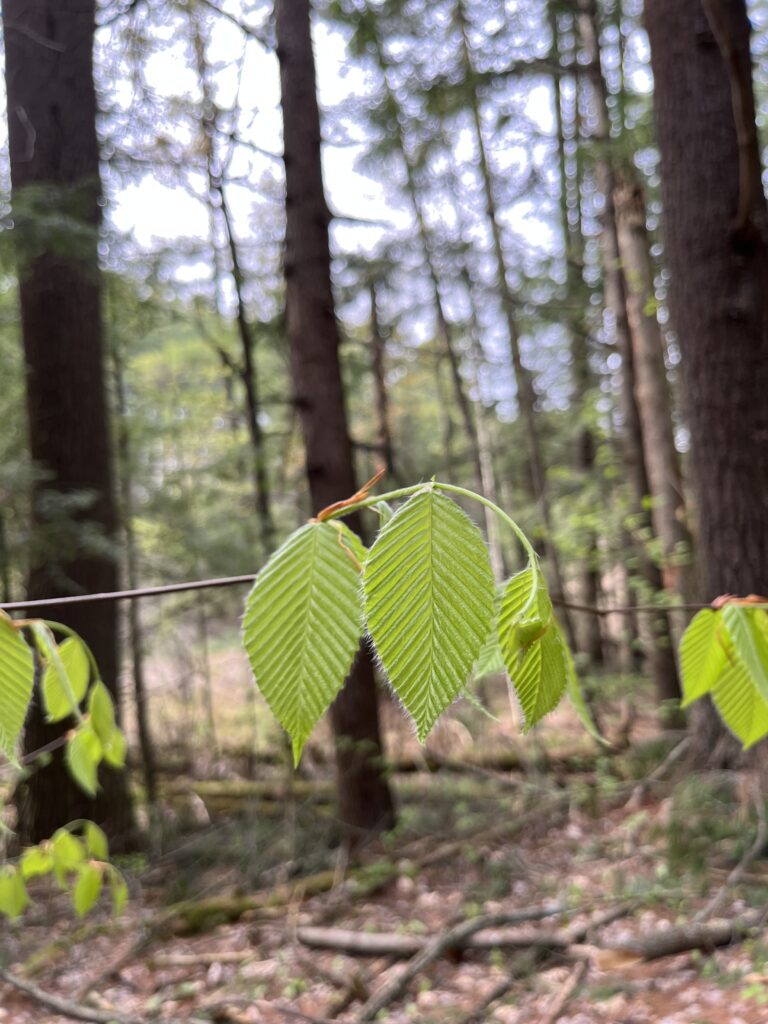
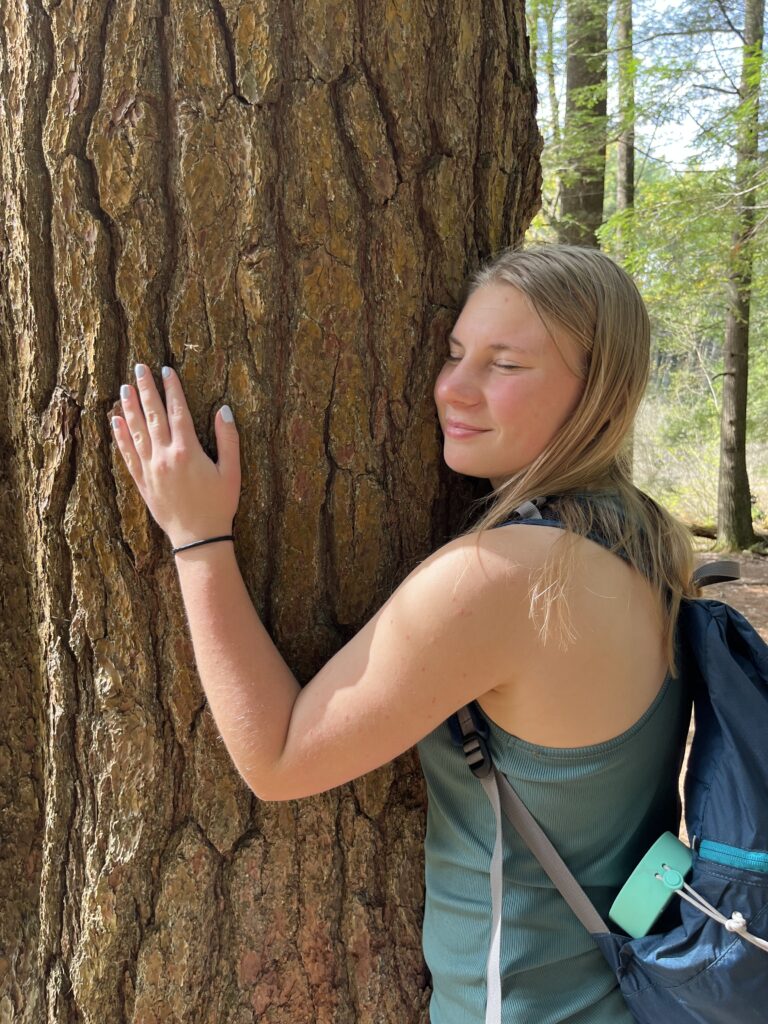
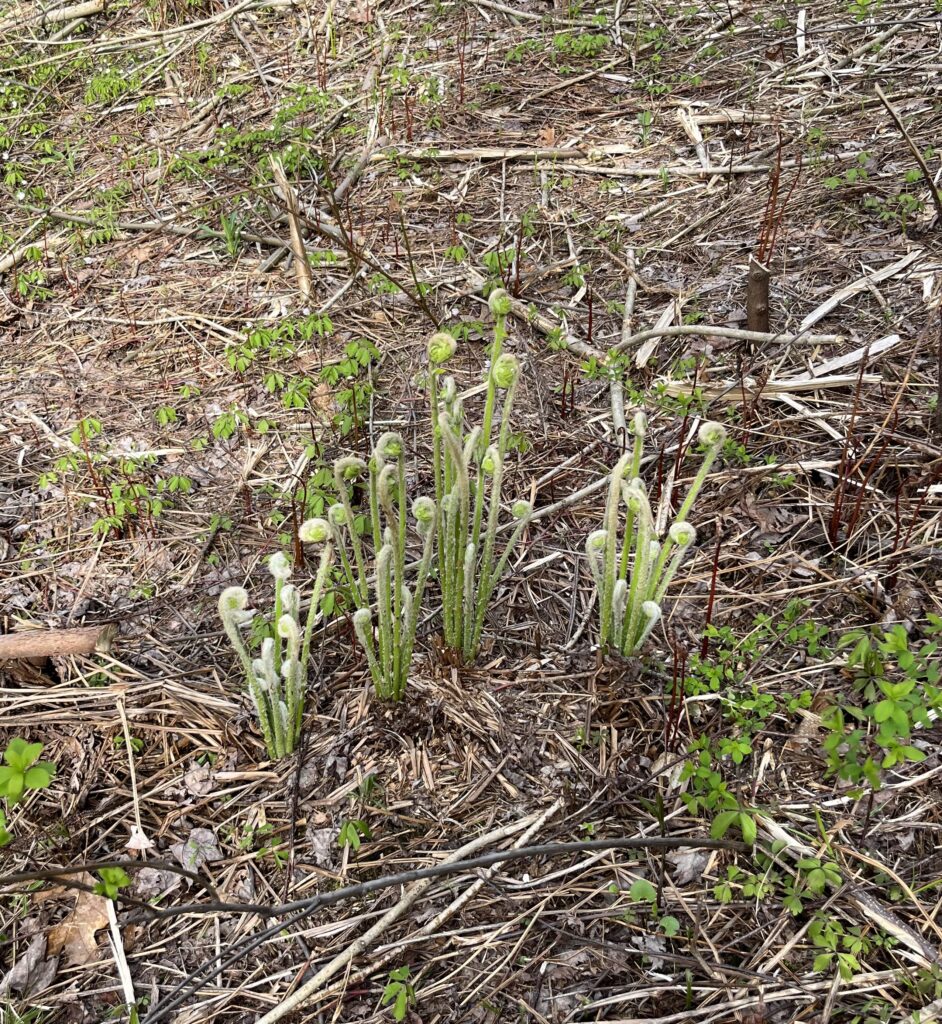
What did you find interesting about reports coming in from other cities participating globally?
Although we could not make our observations during the designated four-day period, luckily we were able to hear about the results of other participating cities during the NR002 lecture. I found it interesting that, in Walt’s words, “[Cape Town] is like the Yankees. They seem to win a lot.” I wonder what inspires certain cities to be so much more engaged in the challenge than others. In fact, the number of people who participated in Cape Town is not drastically higher than its competitors, but rather the number of observations made.
